Introduction
In my recent quest to review some of the zoom lenses in the Nikon Z series, we’ve arrived at the NIKKOR Z 14-30mm f/4 S — an ultra-wide-angle zoom and one of the first in the “S” line after the 24-70mm f/4 S. The other two f/4 S zoom lenses I reviewed (24-70mm f/4 and 24-120mm f/4) delivered impressive performance, but this one is an ultra-wide — a category that has historically been more challenging to get right. That said, Nikon has marketed it as part of the “S” line, which promises higher quality. Let’s see how it performs!
![]() I tested this lens on a 46 Mp Nikon Z7ii (Sample images were taken with a Nikon Zf)
I tested this lens on a 46 Mp Nikon Z7ii (Sample images were taken with a Nikon Zf)
 You can see this review as a YouTube video here!
You can see this review as a YouTube video here!
![]() Sample images in high resolution here.
Sample images in high resolution here.
Sample Images
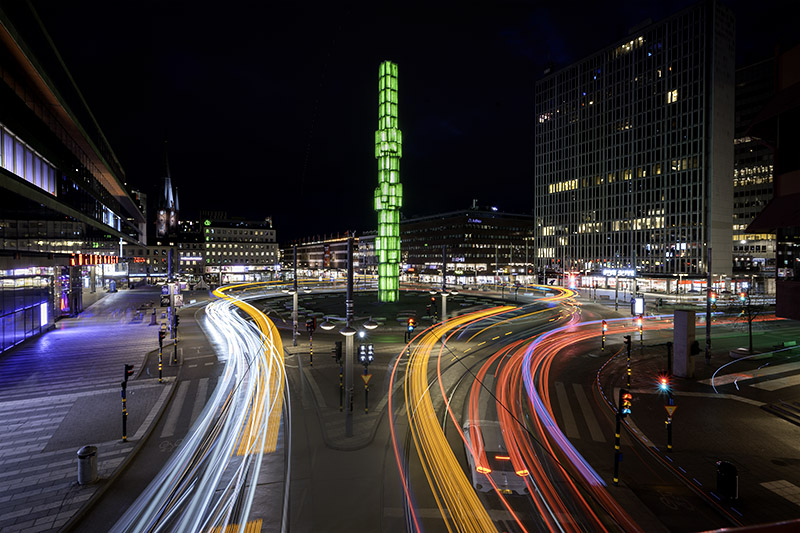
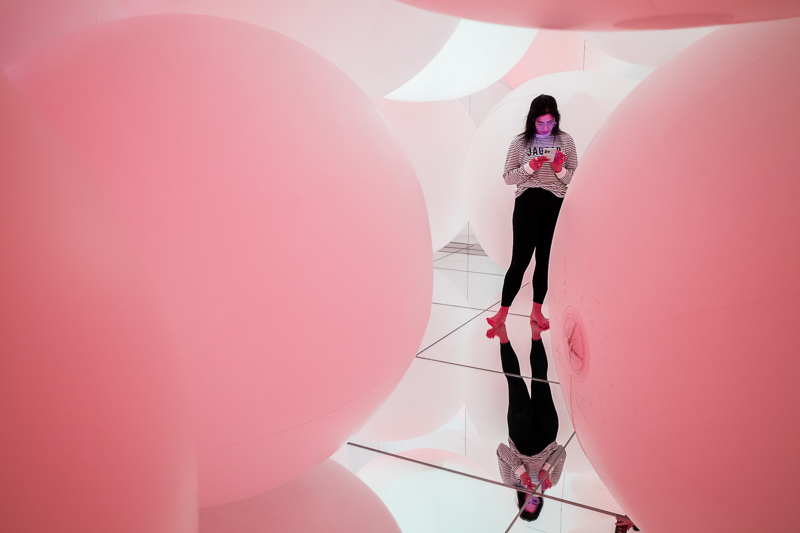
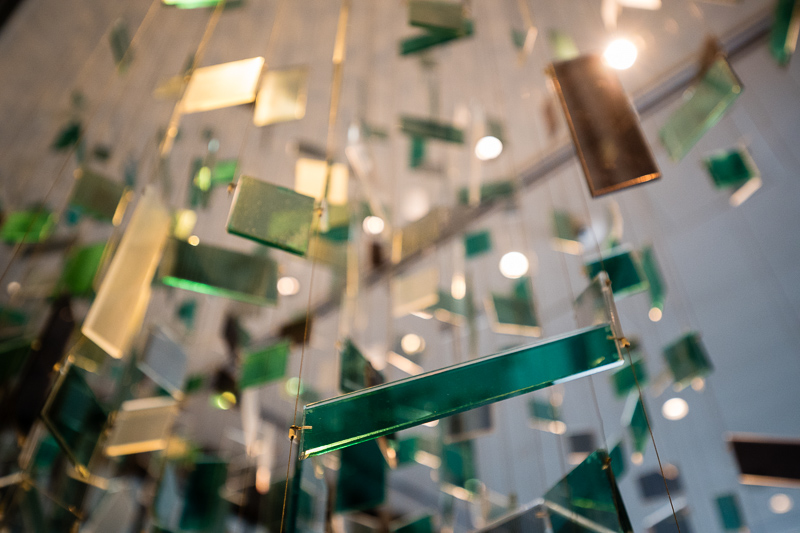
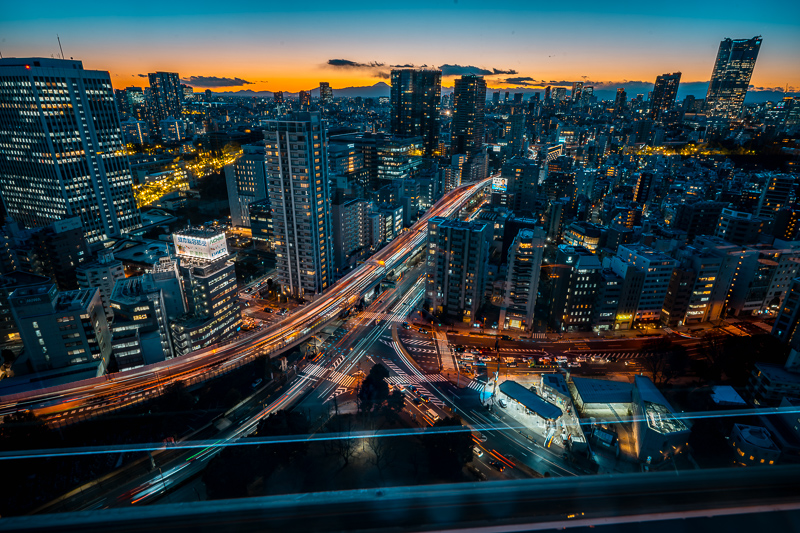

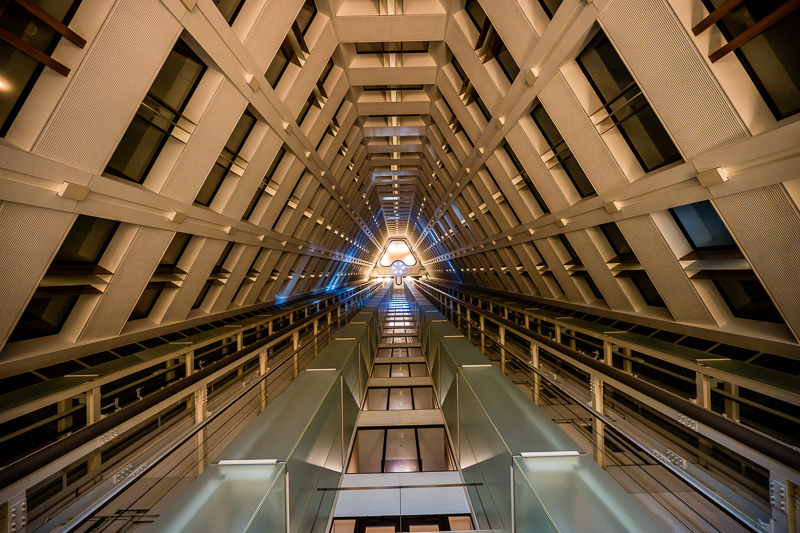
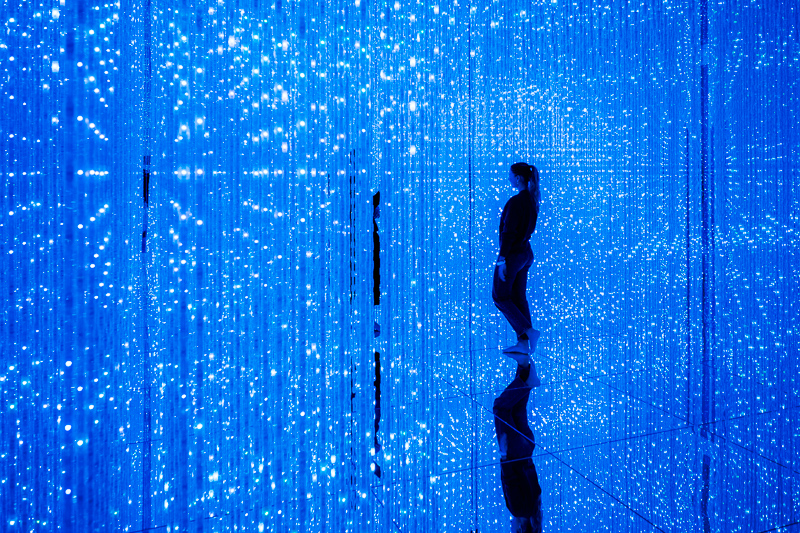
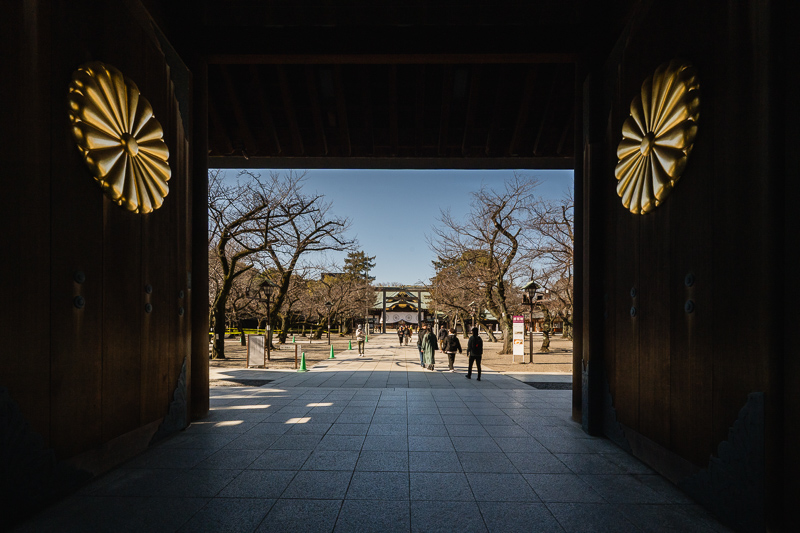
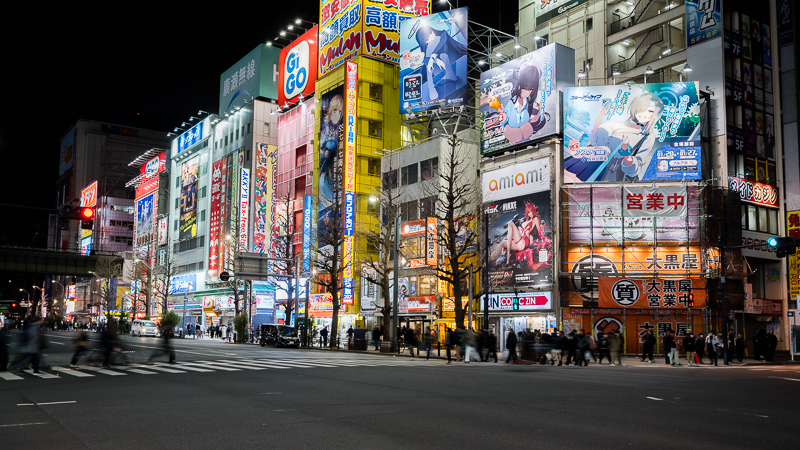
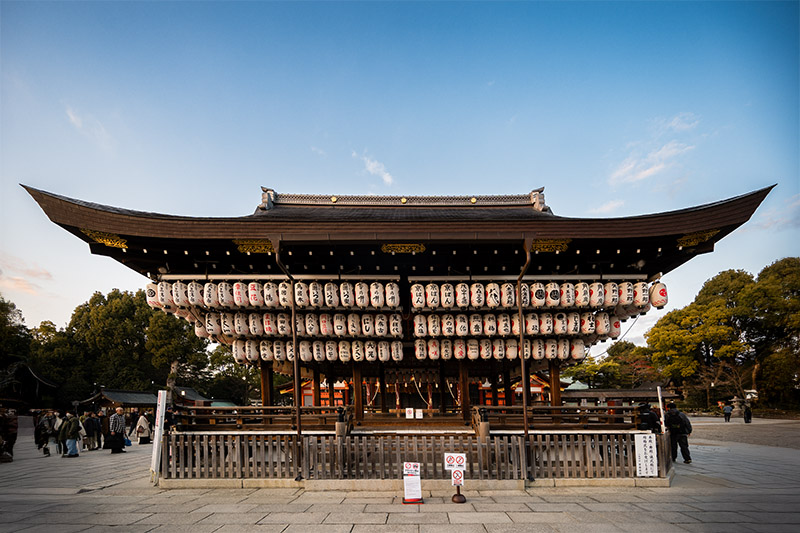
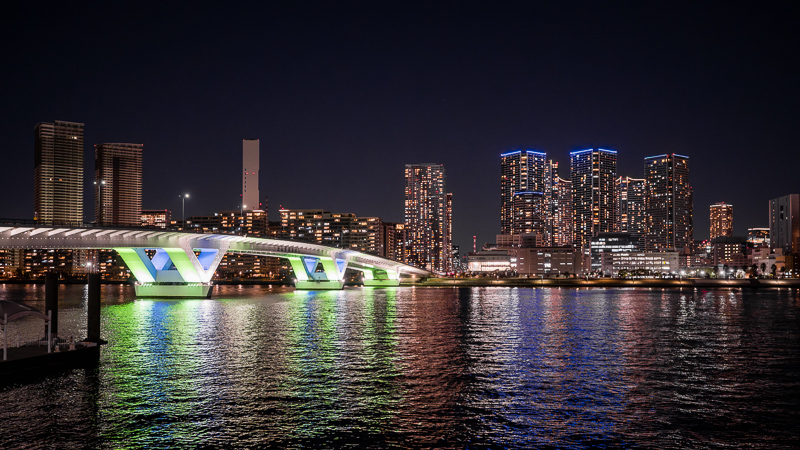
Most of the sample images in this review and many more can be found in higher resolution here.
Specifications
| Focal Length | 14-30 mm |
| Angle of View | 114° – 72° |
| # of Aperture Blades | 7 (rounded) |
| Max Aperture | f/4 |
| Min Aperture | f/22 |
| Min Focus Distance (Magnification) | 0.28 m (0.16x) |
| Filter Size | 82 mm |
| Lens Mount | Nikon Z |
| Weight | 485 g |
| Size (D x L) | 89.0 mm x 85.0 mm |
| Elements/Group | 14 / 12 (4 ED glass and 4 aspherical lens elements, elements with Nano Crystal Coat, and fluorine-coated front lens element) |
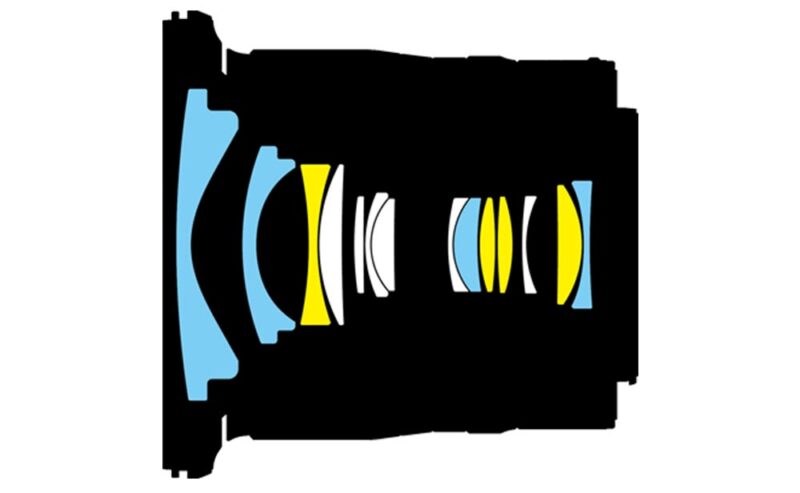 |
 |
| Buy new: Amazon (anywhere) , B&H for $1146 (Affiliate links) Buy used: eBay.com, eBay.de, eBay.co.uk from $550 (Affiliate links) |
Disclosure
One of our readers, Wolfgang, kindly loaned this lens for a couple of months for test and review purposes.
Handling and Build Quality
The Nikon Z 14-30mm f/4 S, like its standard zoom sibling, the 24-70mm f/4 S, is a relatively small, minimalist lens made mostly of durable hard plastic, the mount plate is of metal though. This keeps the weight down to just 485 g, slightly lighter than the 24-70/4, making it easy to carry. Despite the lightweight design, the build feels solid and tight, with no noticeable play or wobble.
For travel, the lens features a retractable locking mechanism, which requires rotating the zoom ring past 14mm mark to lock. This helps reduce its size, making it easier to fit in a bag. However, the lens cannot be used for shooting while locked. Here is a size comparison with Z 24-70mm f/4 S.
The telescopic zoom mechanism extends to its maximum length as you unlock it to 14mm position, and collapses to a smaller length as you zoom in to 30mm. The front element does not rotate when zooming in or out, not even when focusing, thanks to its internal focusing system—a useful feature when using filters .
There’s just one button on the lens, which controls autofocus — turning it on or off. The zoom ring is fairly large, while the focus ring is very thin. The focus ring can be customised to control manual focus, aperture, exposure compensation, or ISO sensitivity, or it can be disabled altogether. When set to aperture control, it operates clicklessly, allowing for smooth adjustments. The autofocus speed is very fast and virtually noiseless. The silent AF would especially be appreciated by videographers.
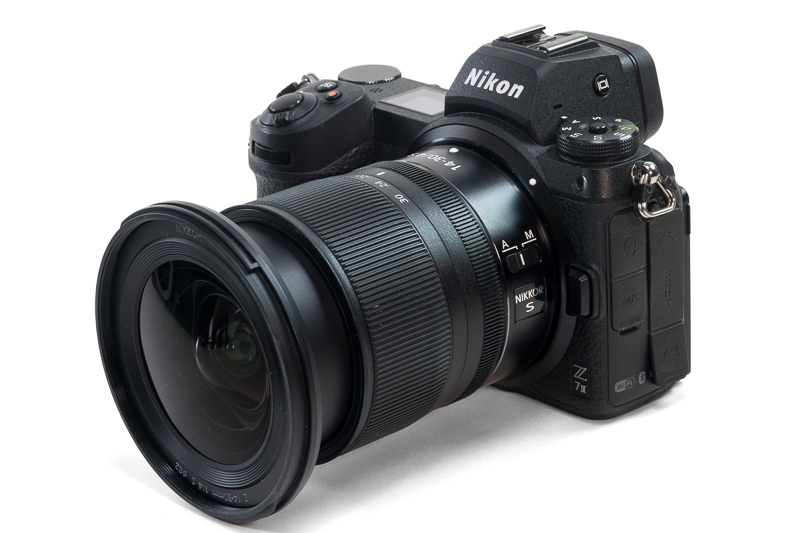

In addition to the standard front and rear caps, the box includes a shallow lens hood and a carrying pouch. There is no image stabilisation built in to this lens.
Optical Features

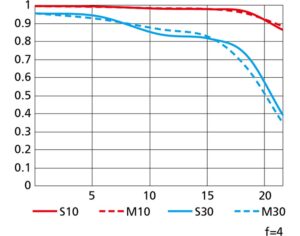
With 4 ED glass elements, 4 aspherical elements, Nano Crystal Coat, and a fluorine-coated front element, expectations are high for sharpness, low aberrations, and strong flare resistance. Let’s check it out!
Sharpness (Infinity)
For the infinity sharpness test, we look at three areas of the image, centre, mid-frame, and corner, see highlighted areas in the image below!
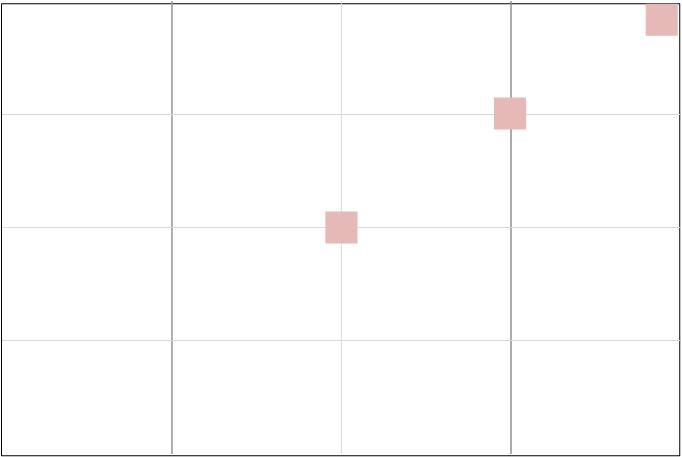
Here are the reference images shot of the tests.
This is a sharp lens, especially at its widest focal lengths. It performs best at 14mm, which is also the most important focal length in an ultra-wide-angle zoom within this range. Centre sharpness is outstanding—ranging from excellent to even phenomenal—between f/4 and f/5.6. Corner sharpness remains good to very good, with the weakest performance occurring at 30mm and f/22, where it still achieves a solid “good” rating.
You can shoot at f/16 with very good results, while f/22 is the weakest aperture — though still capable of producing decent images. Generally, optimal performance is achieved between f/5.6 and f/8. However, if you’re aiming for the sharpest corners at 30mm, f/11 is the best choice.
Sharpness (Close-up)
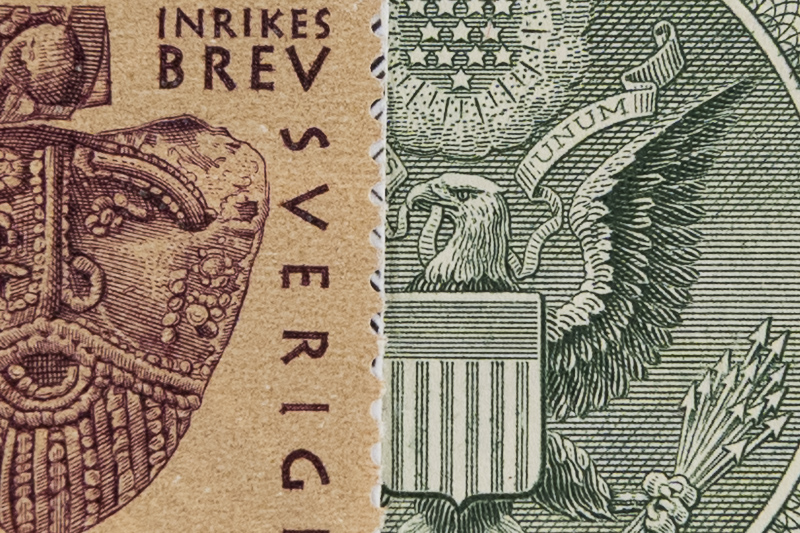
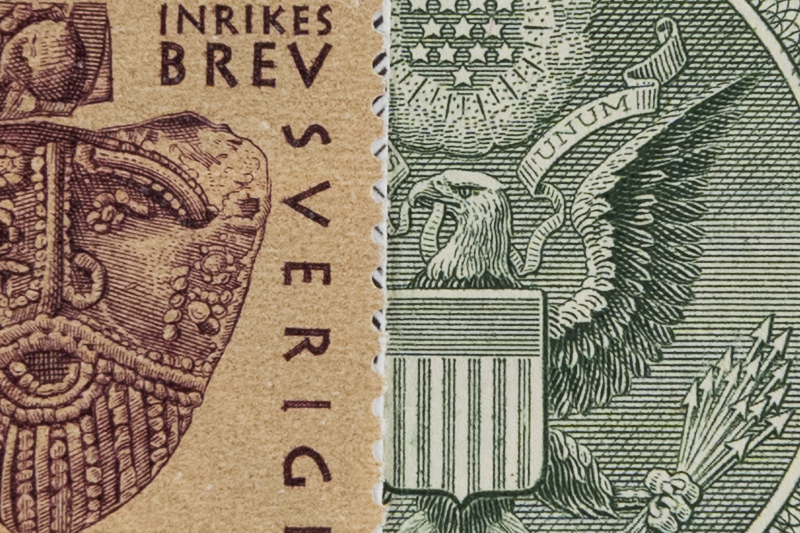
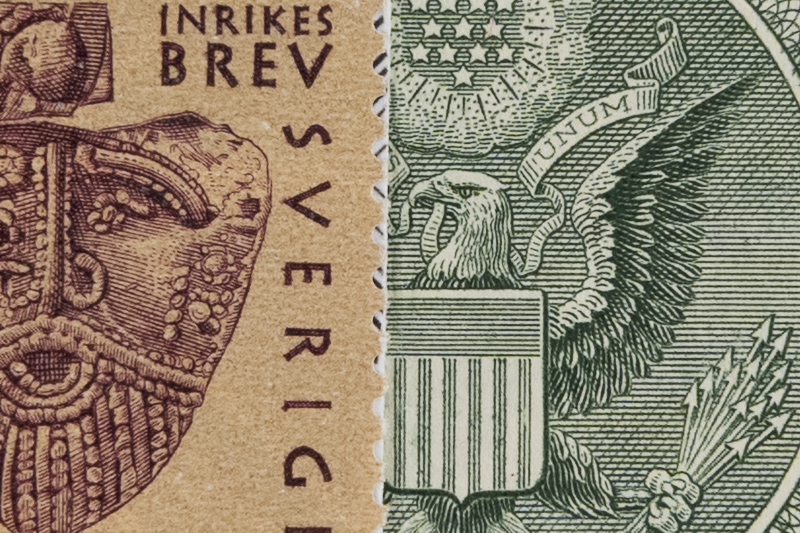
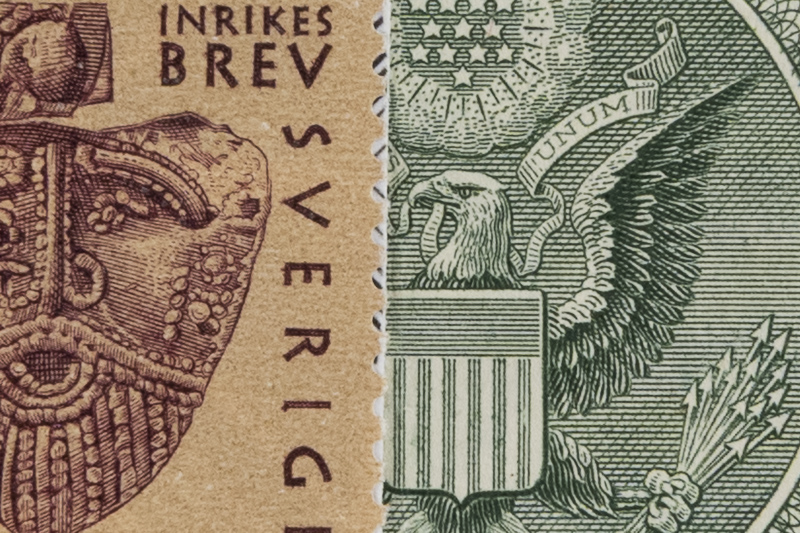
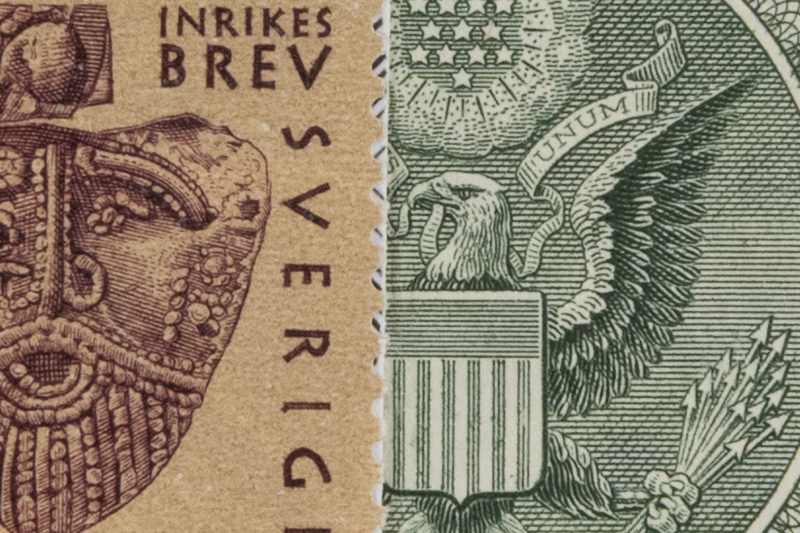
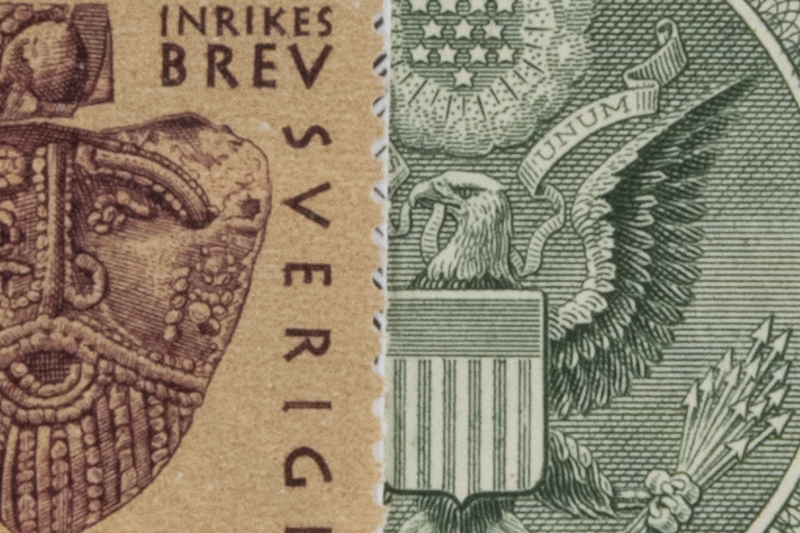
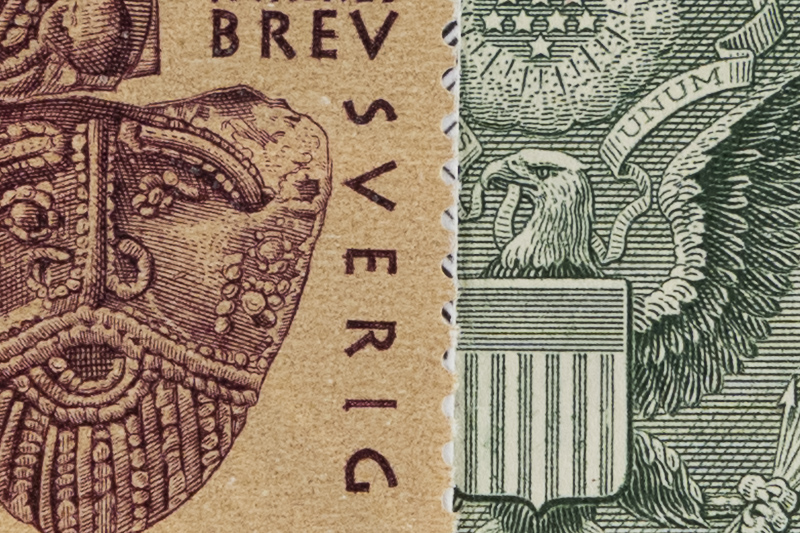
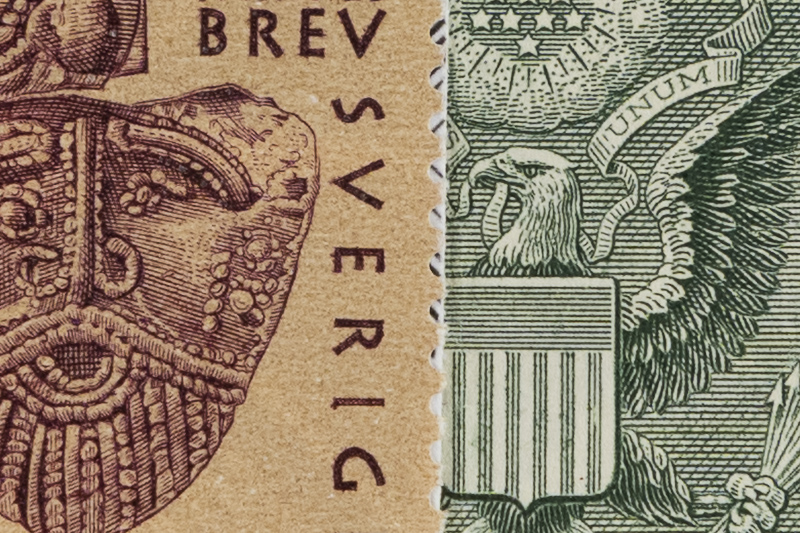
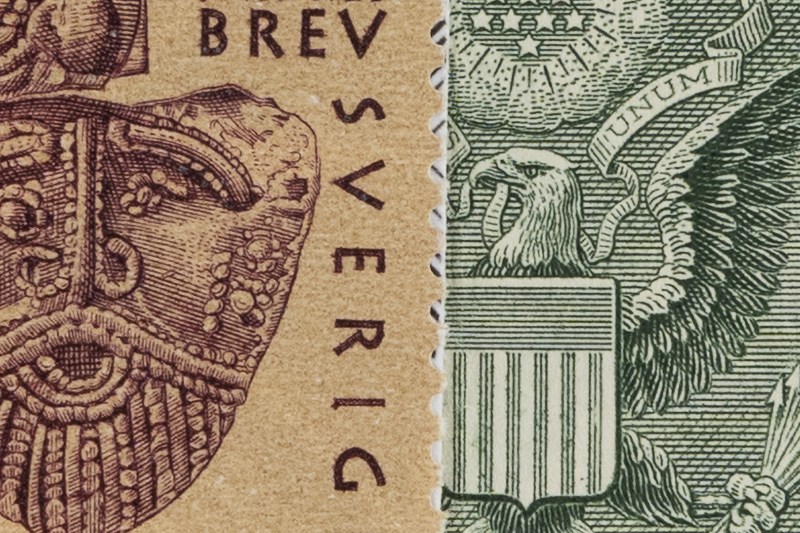
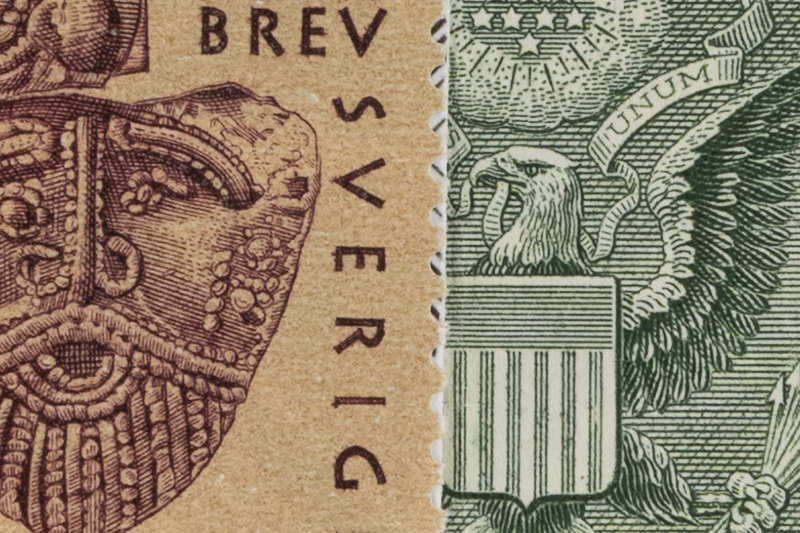
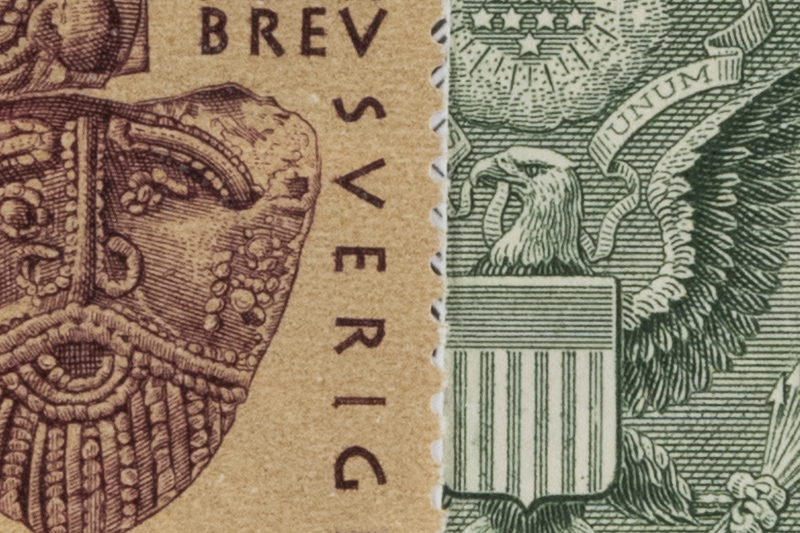
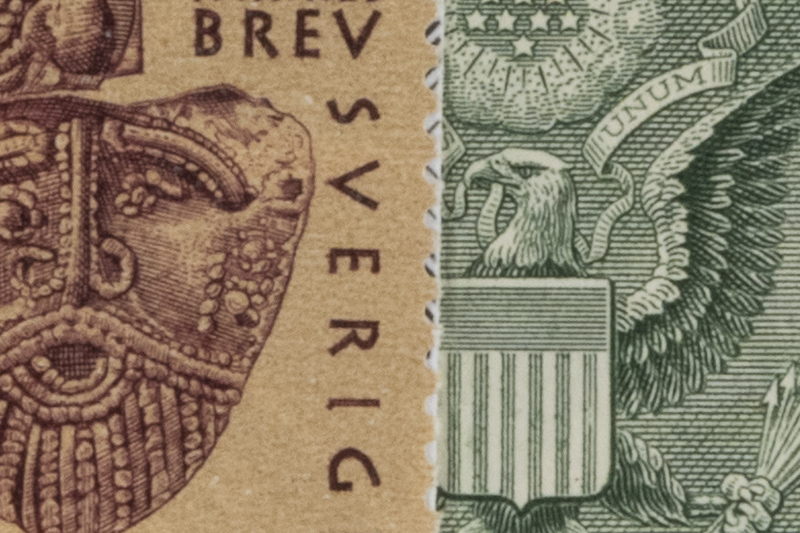
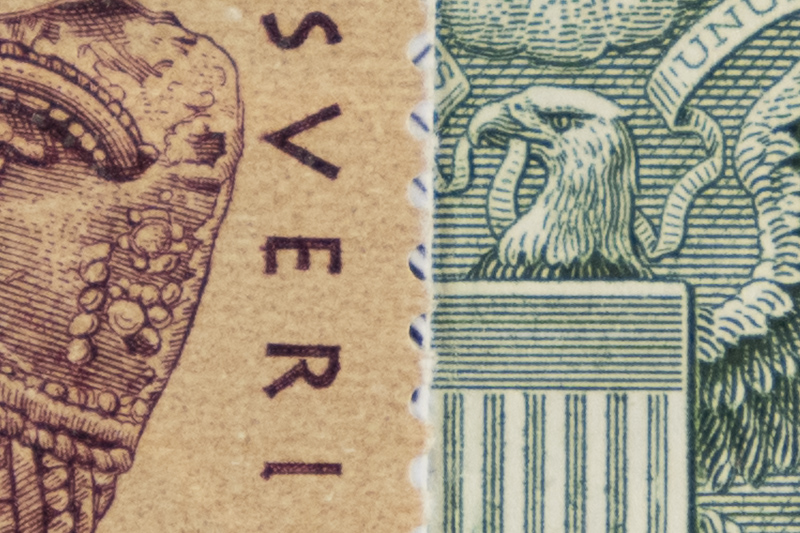
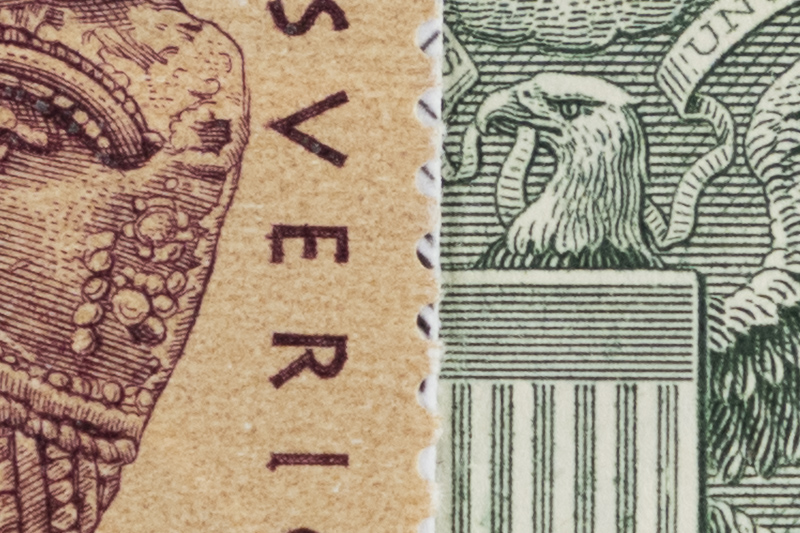
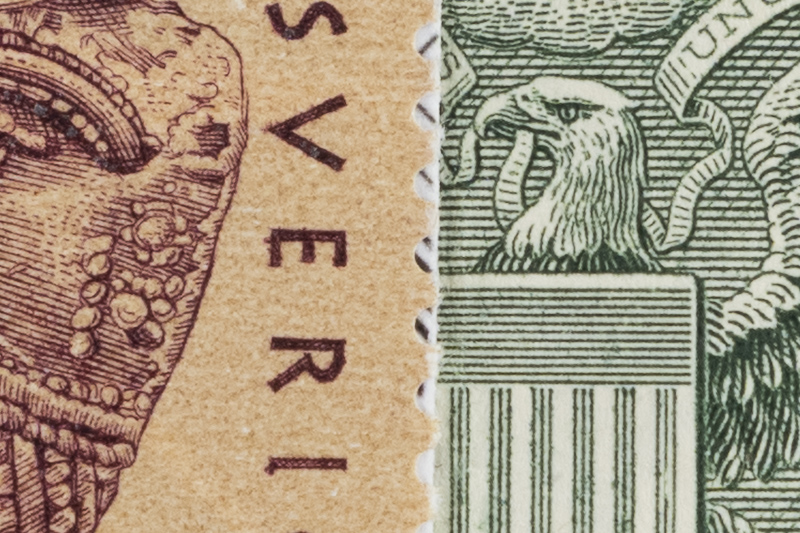
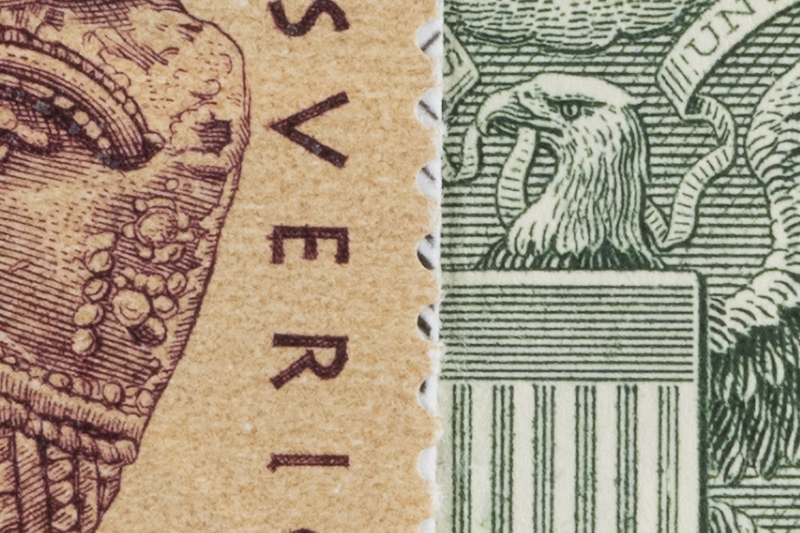
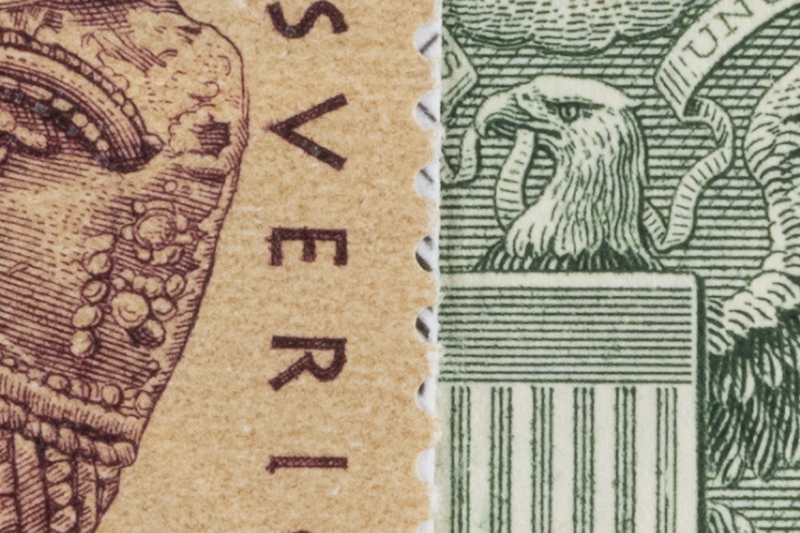
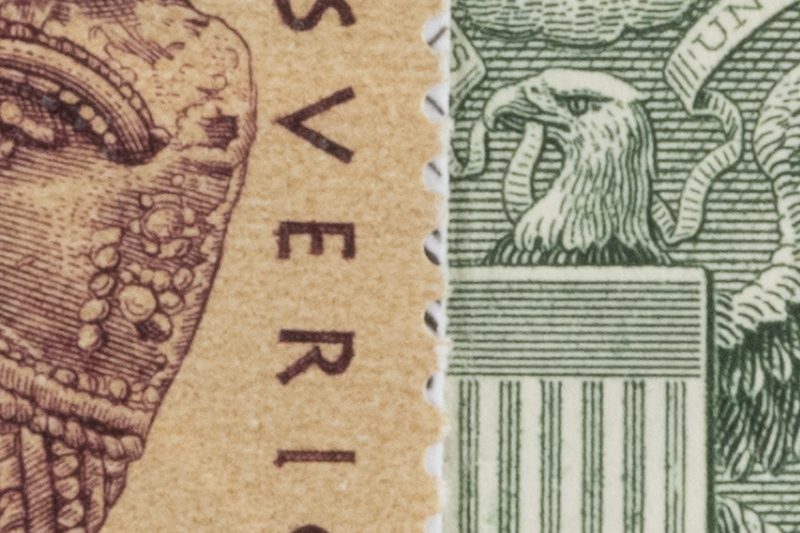
This lens delivers strong performance at all focal lengths, even at close-up distances. The floating lens elements work wonders in this regard. However, you may want to avoid using f/22 unless absolutely necessary, as it’s the weakest aperture due to diffraction. Nonetheless, if your application requires it, you can still achieve decently sharp images at f/22.
Lens Distortion
Since Nikon Z cameras don’t allow you to disable distortion correction, distortion is automatically fixed in-camera for JPG images, meaning you’ll see almost no distortion. Even when shooting RAW, the camera embeds correction data into the file, which Nikon’s RAW converters, Lightroom, Photoshop, and many other RAW converters apply automatically—without giving you the option to disable it. So, distortion won’t be an issue. Here I used Lightroom to convert the RAW files
However, if you use a third-party RAW converter that doesn’t automatically apply lens profiles—and you choose not to enable them — distortion will be visible, especially at 14mm.
The uncorrected distortion can be seen in the following series. This occurs when shooting in RAW and using third-party RAW converters other than Nikon’s, Lightroom, or Photoshop, but only if profile corrections are manually disabled in those third-party programs.
Vignetting
The Nikon Z 14-30mm f/4 exhibits noticeable vignetting at 14mm. Stopping down reduces it, but some moderate vignetting remains even when stopped down. The good news is that vignetting is average at 20mm and minimal at 30mm. At these focal lengths, stopping down further improves the results.
Vignette Control was turned off in the camera during testing.

Focus Shift & Aberrations
There is no longitudinal chromatic aberration visible at any focal length, this is a very good performance.
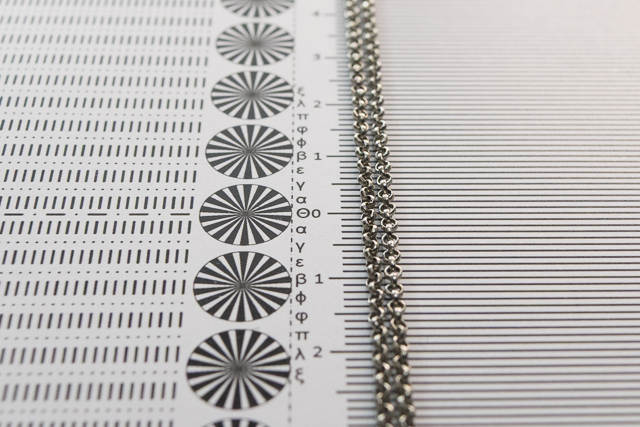
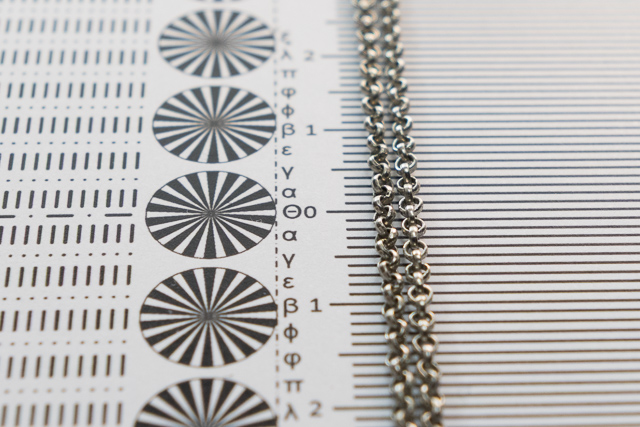
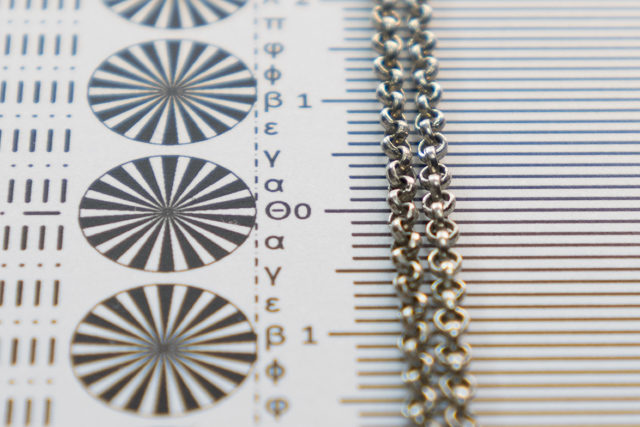
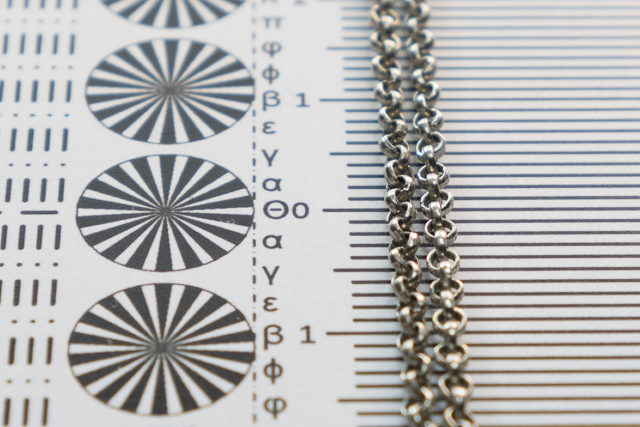
There is no noticeable lateral chromatic aberration at 30mm and 20mm. At the shortest focal lengths (14–16mm), there is a slight and negligible amount, which can be ignored in most cases.

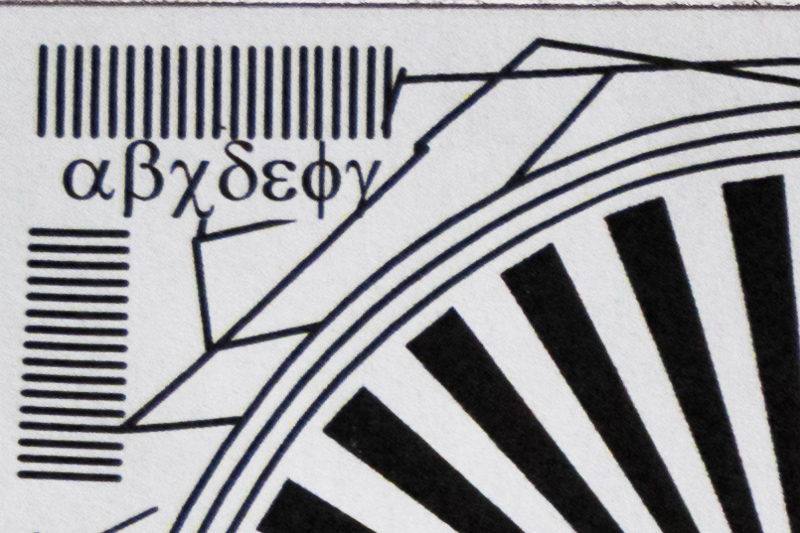
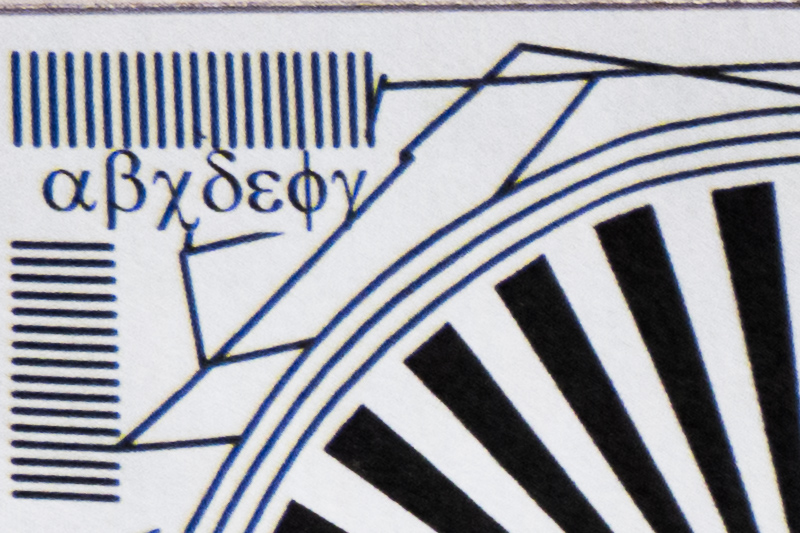
Flare Resistance
Zoom lenses are typically more prone to flare than prime lenses, partly due to their more complex optical construction. This includes a higher number of elements and glass-to-air surfaces, along with the challenge of optimising a design that involves moving components. Additional factors that can increase the likelihood of flare include a wide-angle field of view and a large front element. Since this lens features all of these characteristics, it’s reasonable to temper expectations regarding flare performance.
Nikon’s ARNEO and Nano Crystal coatings, along with a fluorine-coated front element, do an excellent job of minimising flare — These coatings help produce clean, contrasty images, even when shooting directly into the sun making me positively surprised. (Tab titles: Focal length/Aperture)
Of course, with enough effort, any lens can be made to look bad in this regard. While this lens handles flare well under typical shooting conditions with the sun in the frame, it’s still possible to encounter it in certain situations, mainly at small apertures— but even then, the artefacts are generally not overly distracting or destructive.
Coma
The lens delivered excellent results in this section, exhibiting negligible coma at its top.

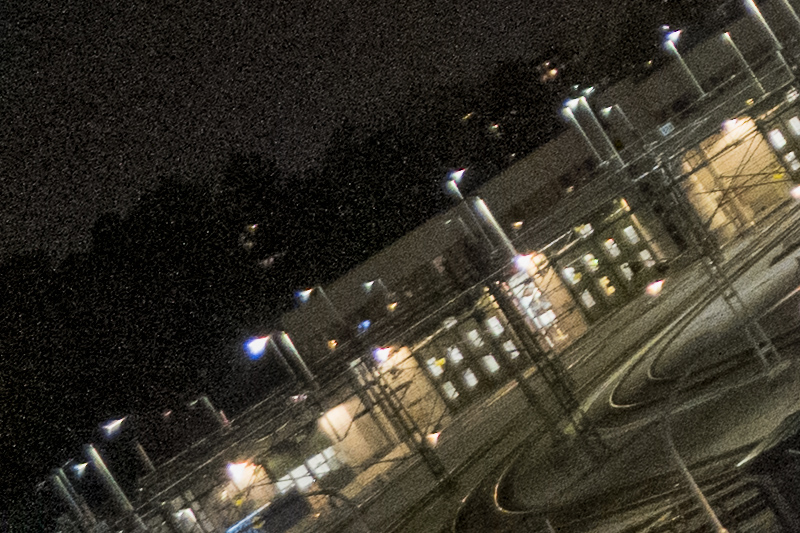

Sunstars
The Z 14-30mm f/4 can produce relatively nice and distinct sunstars at its smaller apertures. The longer the focal length, the smaller the aperture needed to create distinct sunstars. At 30mm, you’ll need to stop down to f/22 for well-defined stars, while f/16 or f/22 works at 20mm. At 14mm, you can already get attractive sunstars at f/11 or smaller.

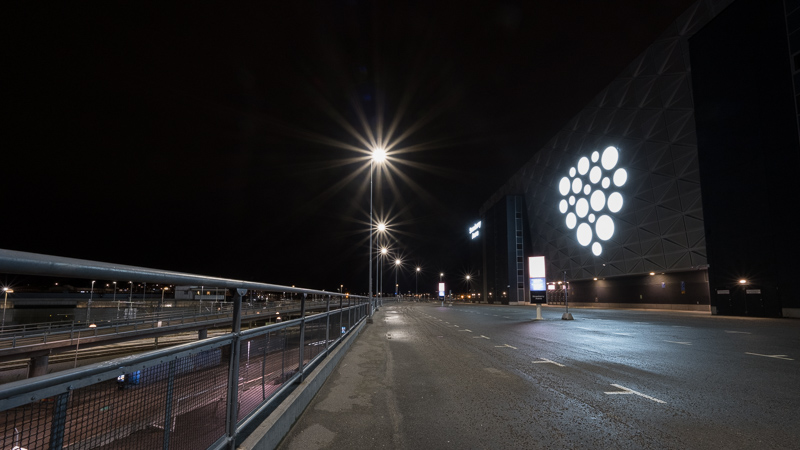


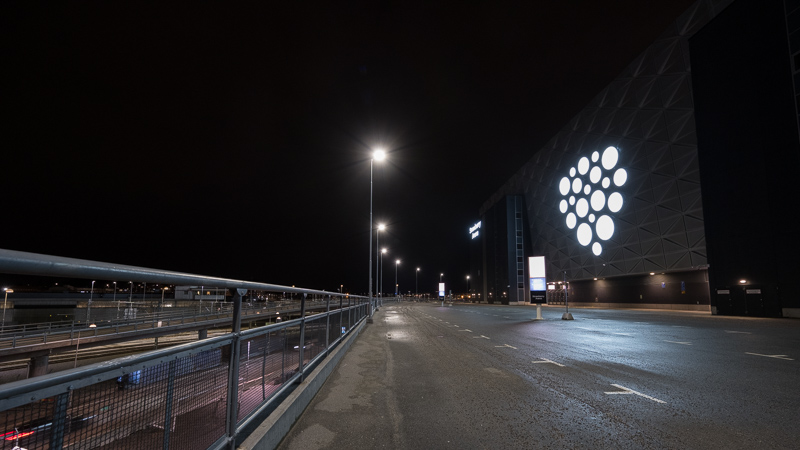
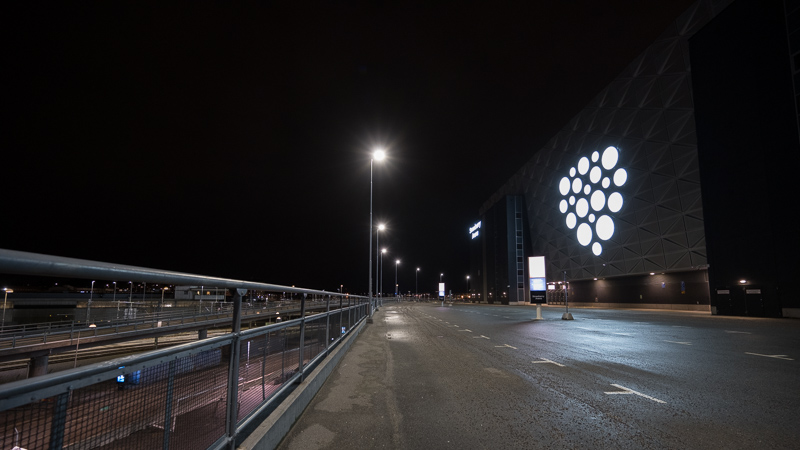
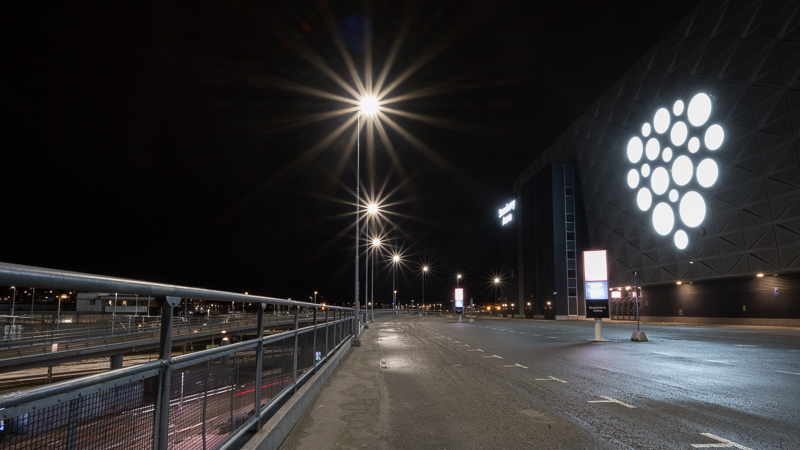
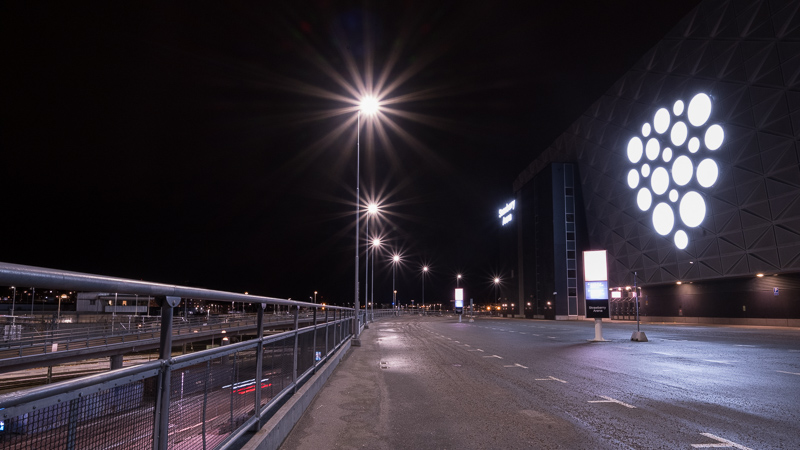
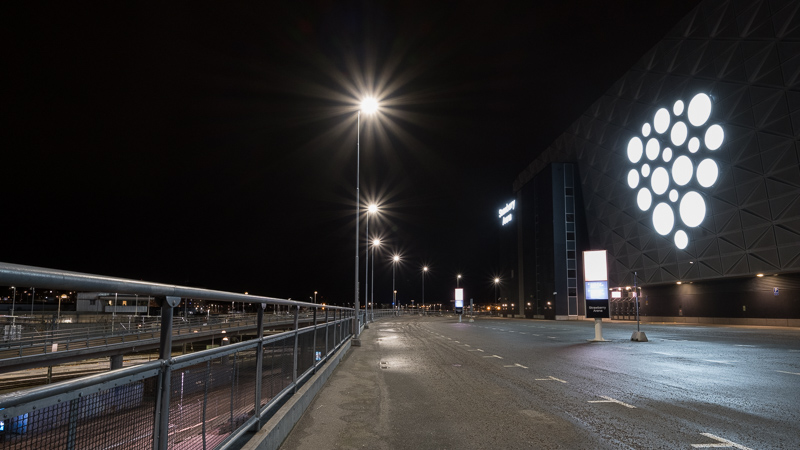
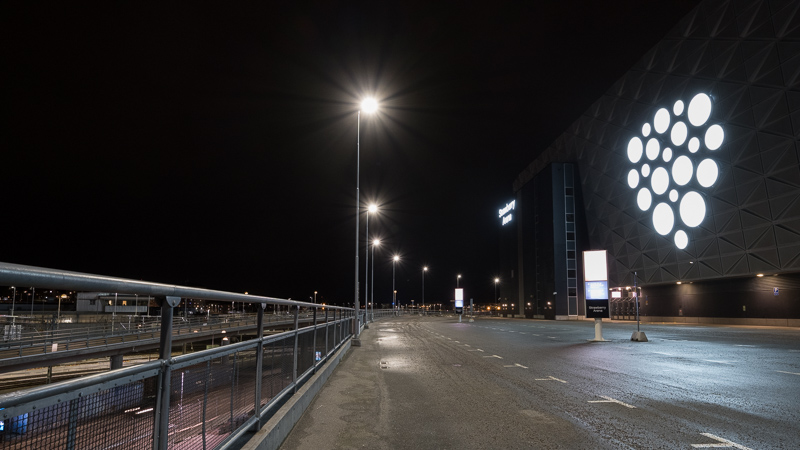
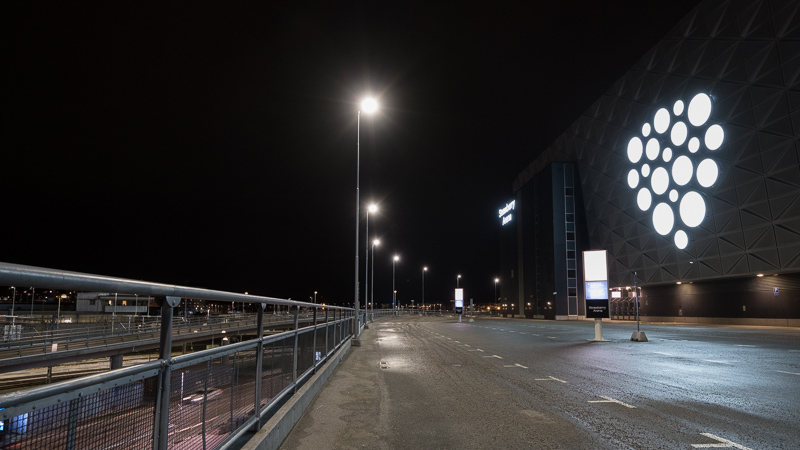
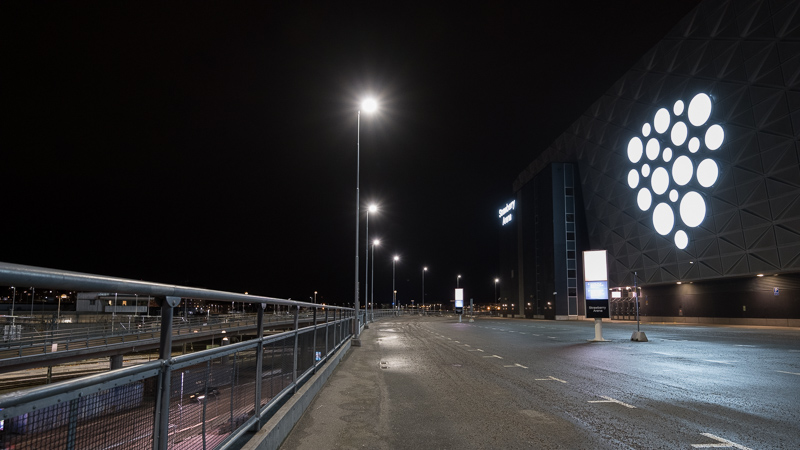
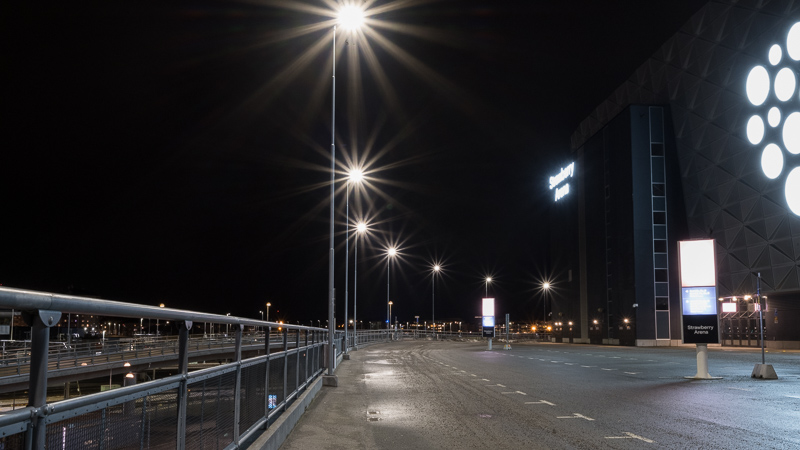

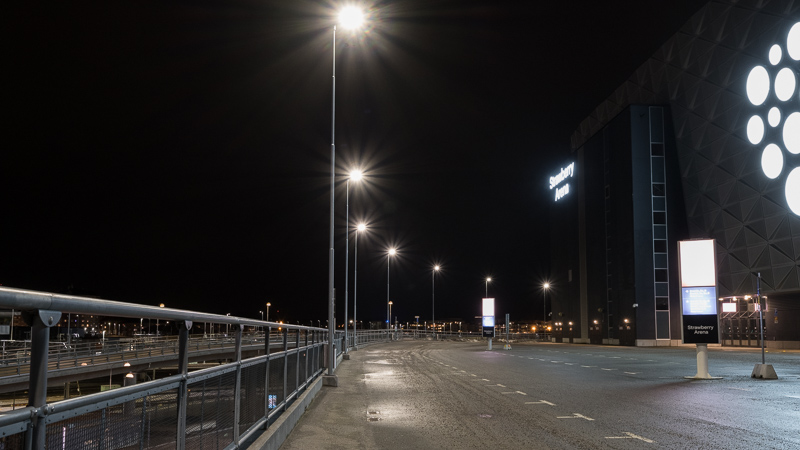
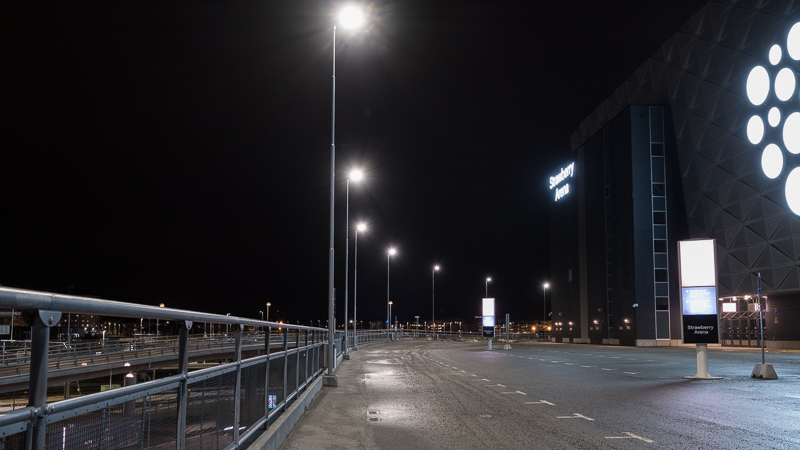

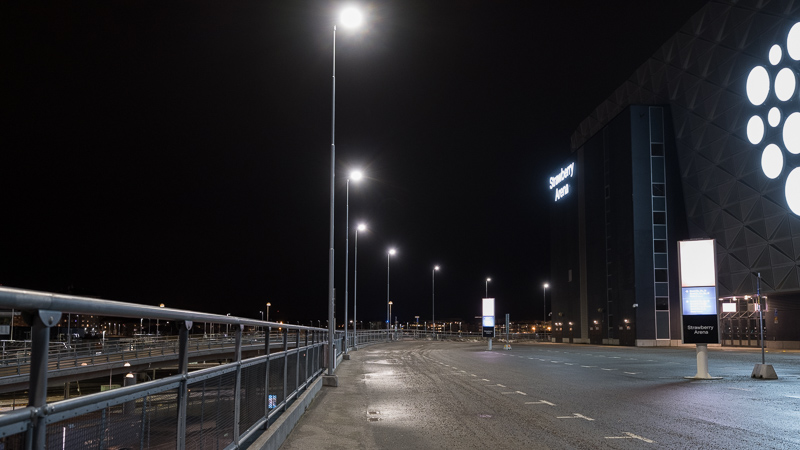
Focus Breathing
In this category, the Nikon Z 14-30 performs exceptionally well—it’s one of the best-corrected lenses for focus breathing, exhibiting virtually none at all.
Bokeh
Expecting pleasing bokeh from an ultra-wide-angle lens with a maximum aperture of f/4 might be asking a bit much. However, I was pleasantly surprised by the background blur this lens produces — especially at its longer focal lengths, but even around 20mm if you’re close enough to your subject.
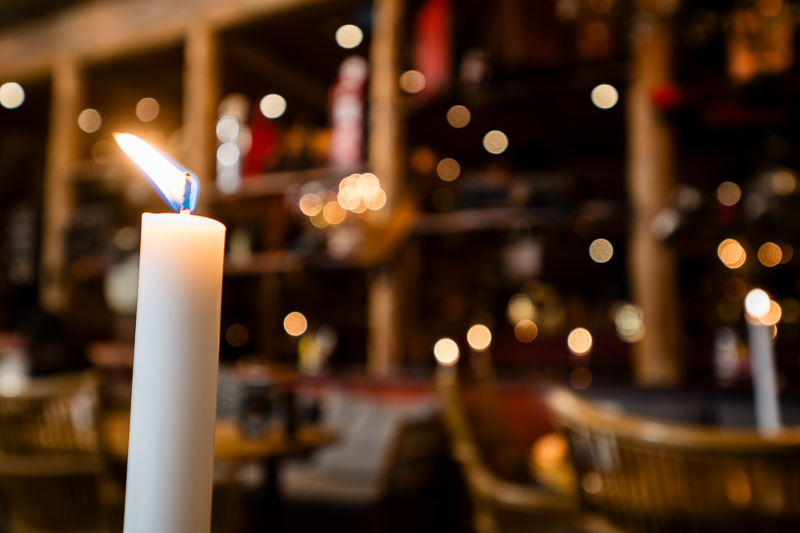
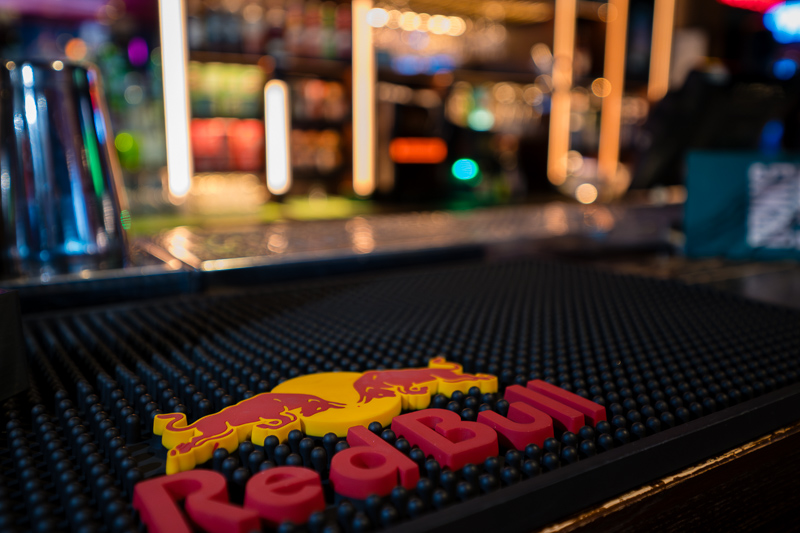
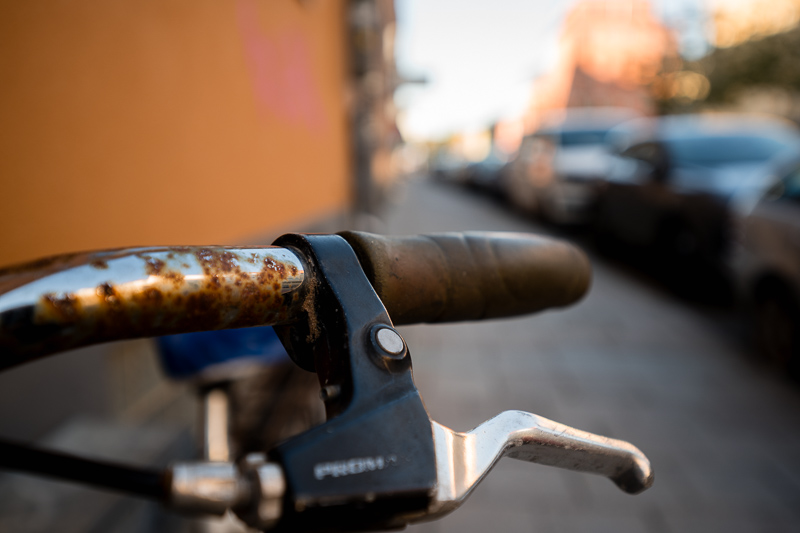
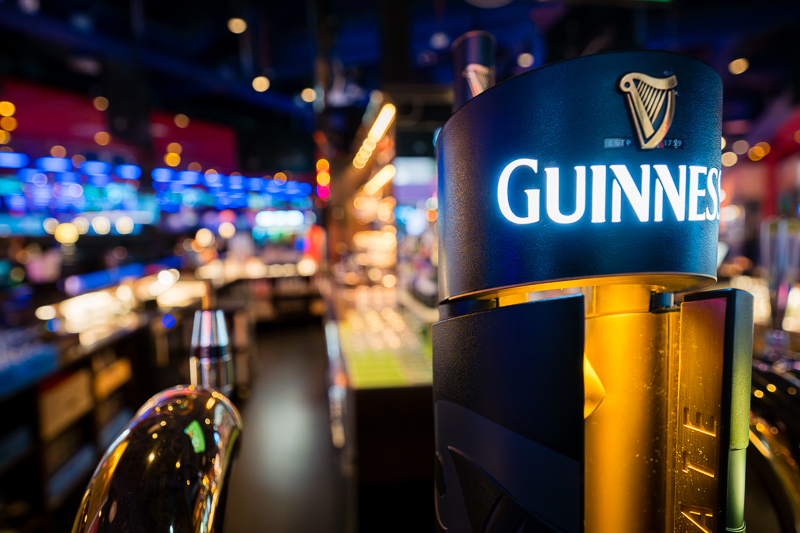

Bokeh is a highly subjective matter, but to my eye, the blur is impressive for a f/4 UWA: soft and attractive, with round bokeh highlights. Have a look and see how it appeals to you.
Conclusion
| I LIKE | AVERAGE | I DON’T LIKE |
| Sharpness (everywhere) Distortion (normal settings) Vignetting tele end Abberations (Loca/LaCA) Flare resistance Coma Sunstars Focus breathing Bokeh Size Handling & Build quality |
Vignetting mid and wide focal lengths Price |
(Distortion)* |
Just by looking at the like/dislike table, you can probably guess the conclusion: this is a superb ultra-wide-angle lens — and a clear example that not all high-end zooms need to be f/2.8.
This is a lightweight, compact lens, thanks to the use of high-grade plastics in its construction and its retractable design — though some users might not love the retractable mechanism. Optically, it’s very sharp, with virtually no aberrations or coma, and it handles flare impressively well. The generous zoom range adds versatility, making it a great option for landscapes, cityscapes, and architectural shots. It’s even suitable for occasional astrophotography, thanks to its excellent coma control. Autofocus is fast and accurate, and the price is also fair for what it offers.
Writing articles like this one is both time-consuming and costs us a lot of money. If you found this article helpful and decided to buy one of these lenses, please consider using one of the affiliate links.
If you are not interested in buying any of the lenses, but you still found this article useful, interesting, or it saved you a lot of money, treat us to a coffee (donate)!
| Buy new: Amazon (anywhere) , B&H for $1146 (Affiliate links) Buy used: eBay.com, eBay.de, eBay.co.uk from $550 (Affiliate links) |
Alternatives
Buy new: amazon (anywhere) for $ (Affiliate links)
Buy used: ebay.com, ebay.de, ebay.co.uk from $ (Affiliate links)
More Sample Images
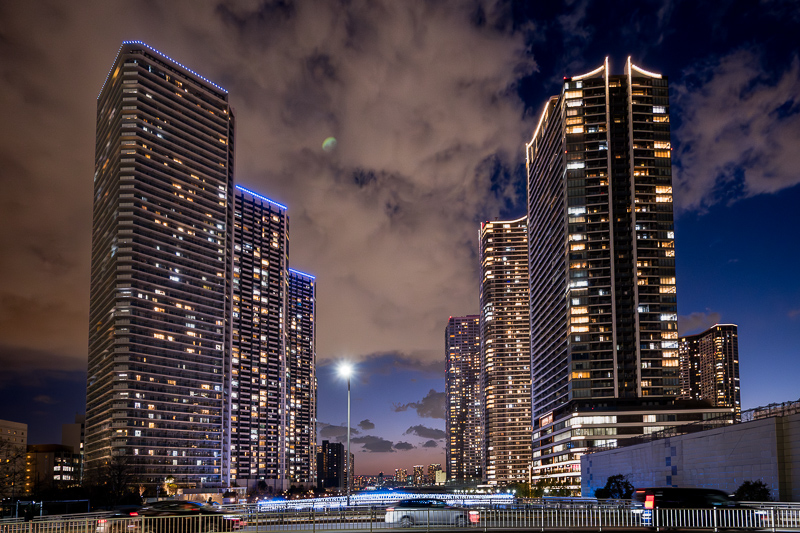

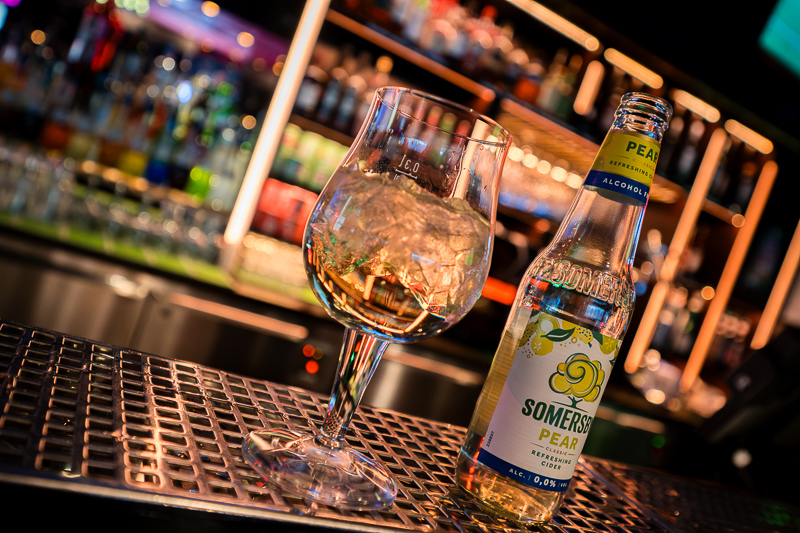
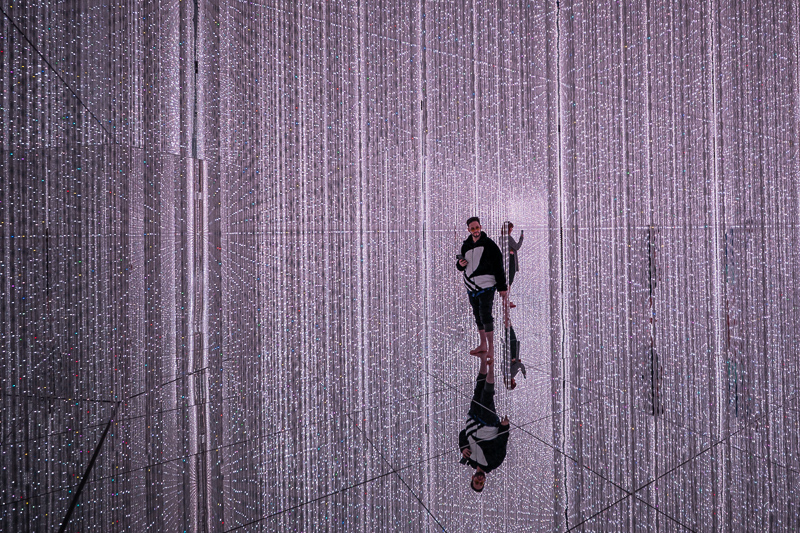
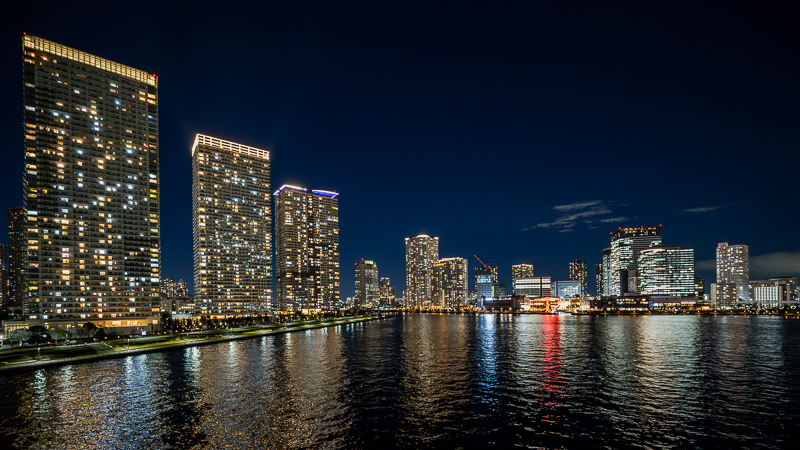
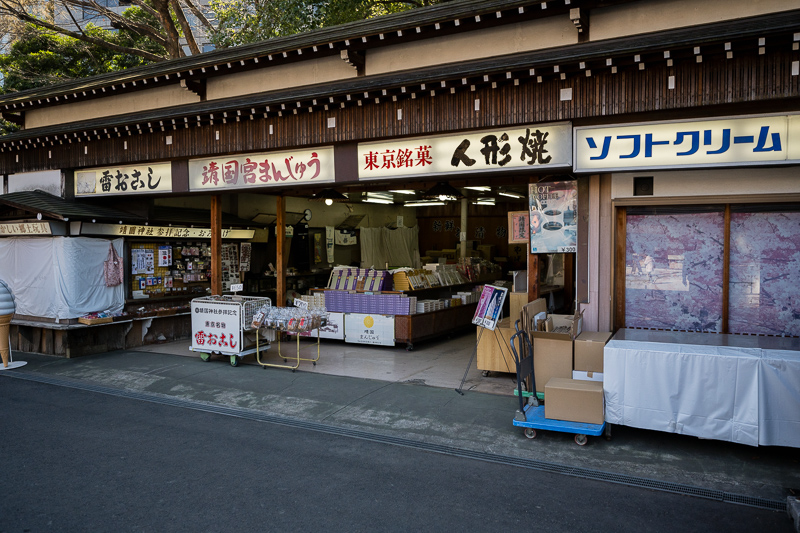
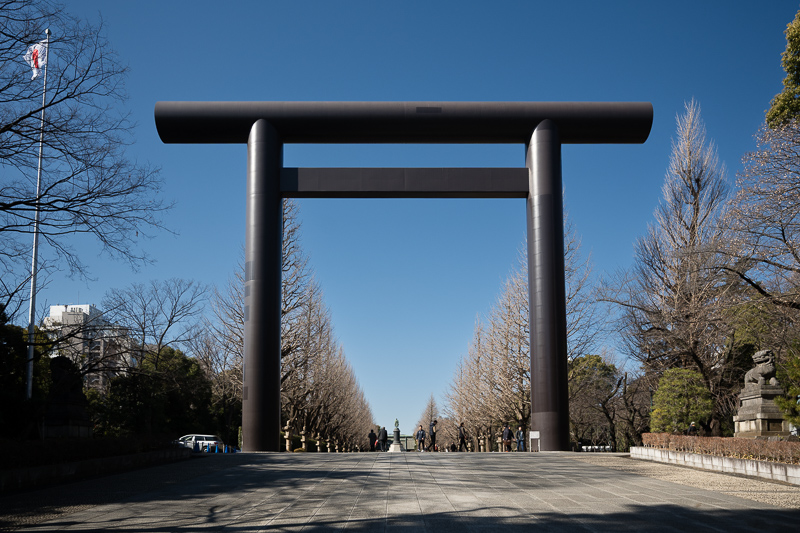
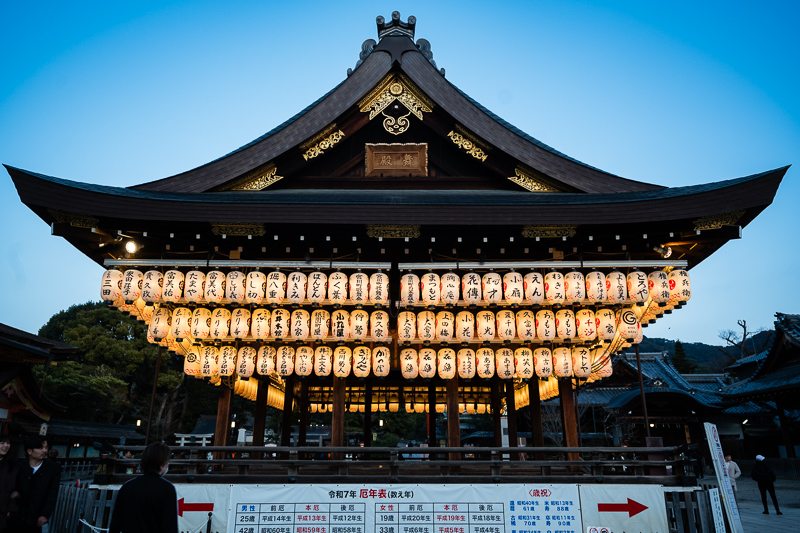
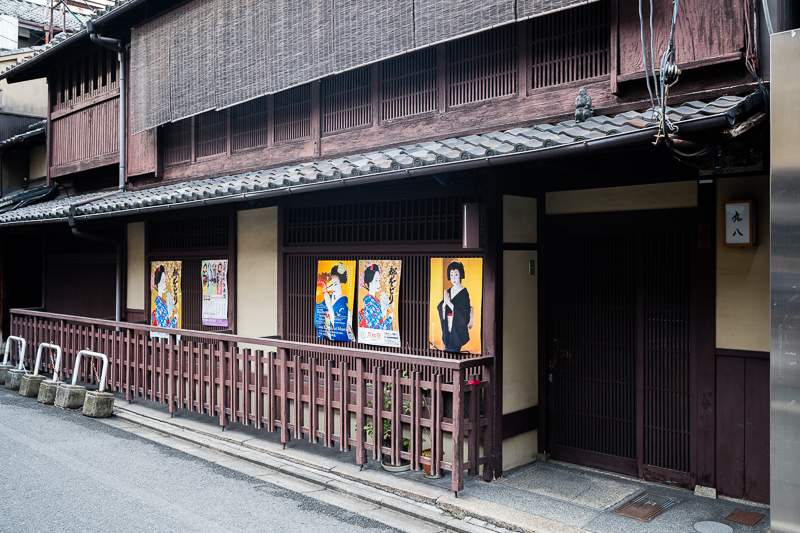
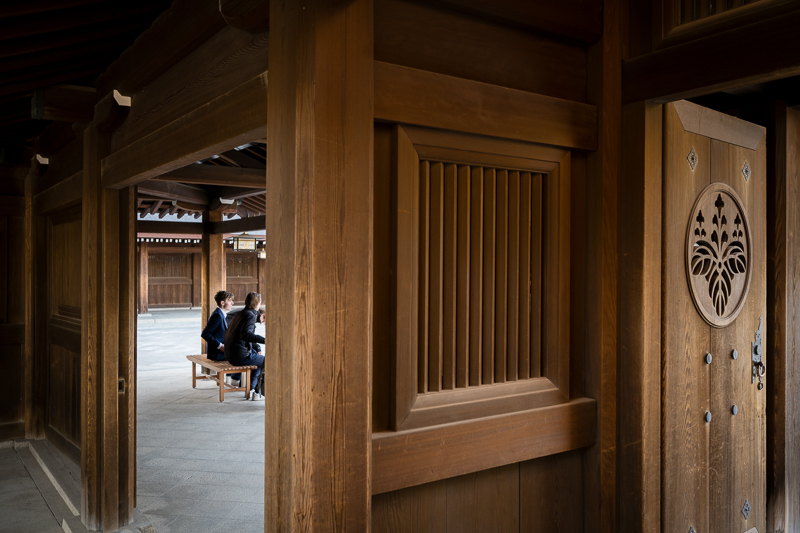
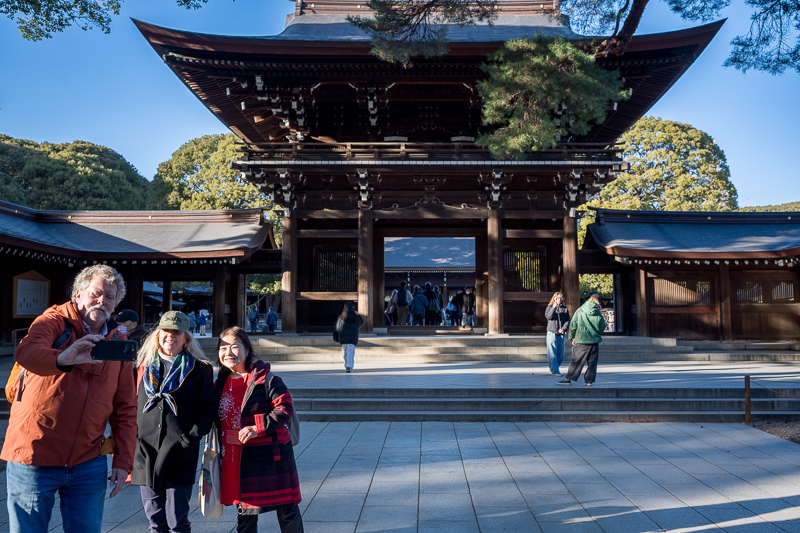

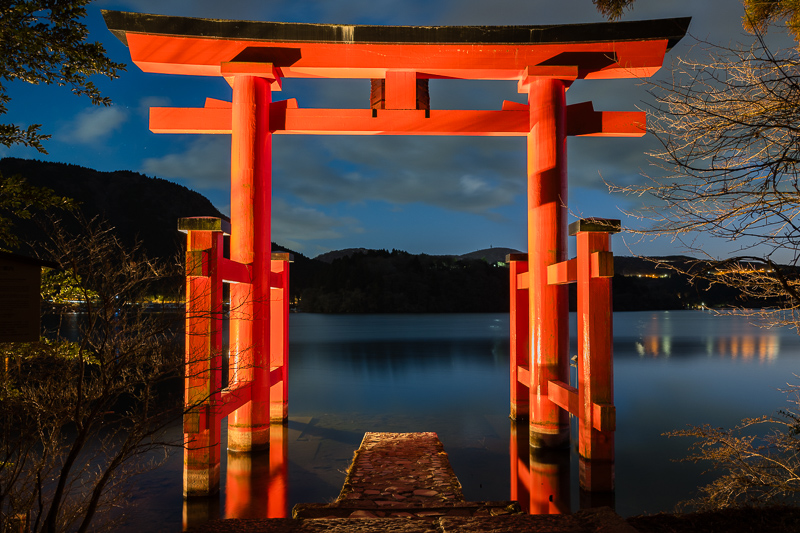
Most of the sample images in this review and many more can be found in higher resolution here.
Further Reading
What camera gear and accessories do I use most frequently?
Support Us
Did you find this article useful or did you just like reading it? It took us a lot of time and money to prepare it for you. Use the Donate button to show your appreciation!
![]()

(Donations via Paypal or bank card)
What’s in my camera bag? MY 2024 KIT!!
- Main camera : https://amzn.to/3TsGtKg
- Camera grip : https://amzn.to/4e0G3CR
- Memory Card 1: https://amzn.to/47pA20i
- Memory Card 2 : https://amzn.to/3XHYxlZ
- Camera 2 : https://amzn.to/3Xifou8
- Camera grip: https://amzn.to/4dYYpV9
- Memory card 1: https://amzn.to/4e5h2H0
- Memory card 2: https://amzn.to/3zu7W7n
- Small travel tripod: https://amzn.to/4goIX68
- Mini tripod: https://amzn.to/4e09XXX
- Small shoulder bag: https://amzn.to/47tPMiY
- Medium shoulder bag: https://amzn.to/4ej4bjY
This site contains affiliate links, for which I may receive a small commission if you purchase via the links at no additional cost to you. This helps support the creation of future content.
Martin
Latest posts by Martin (see all)
- Analogue Photography: Part 4 – Ilford HP5 Plus at a Historical Engine Factory - December 3, 2025
- REVIEW: 7Artisans AF 10mm f/2.8 (APS-C) - November 30, 2025
- REVIEW: 7Artisans AF 35mm f/1.8 - October 15, 2025
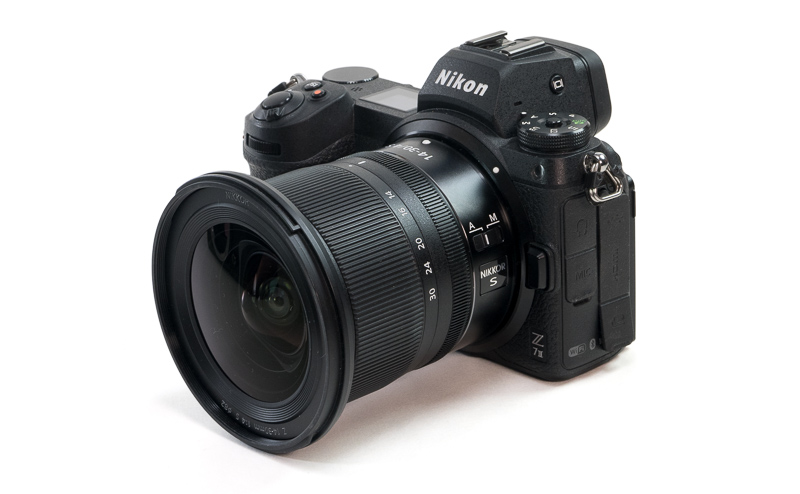
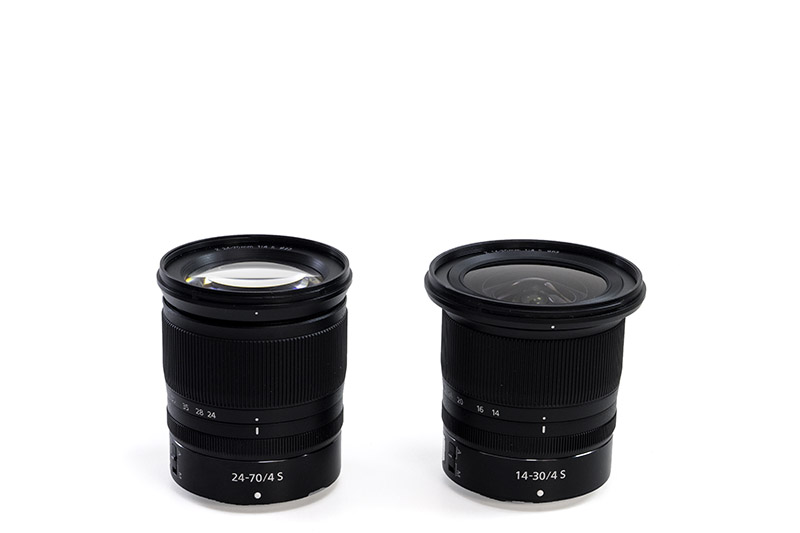
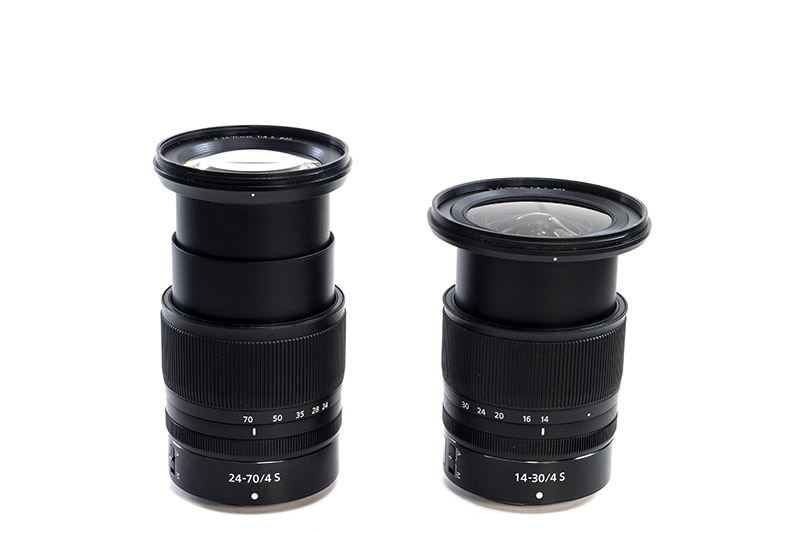

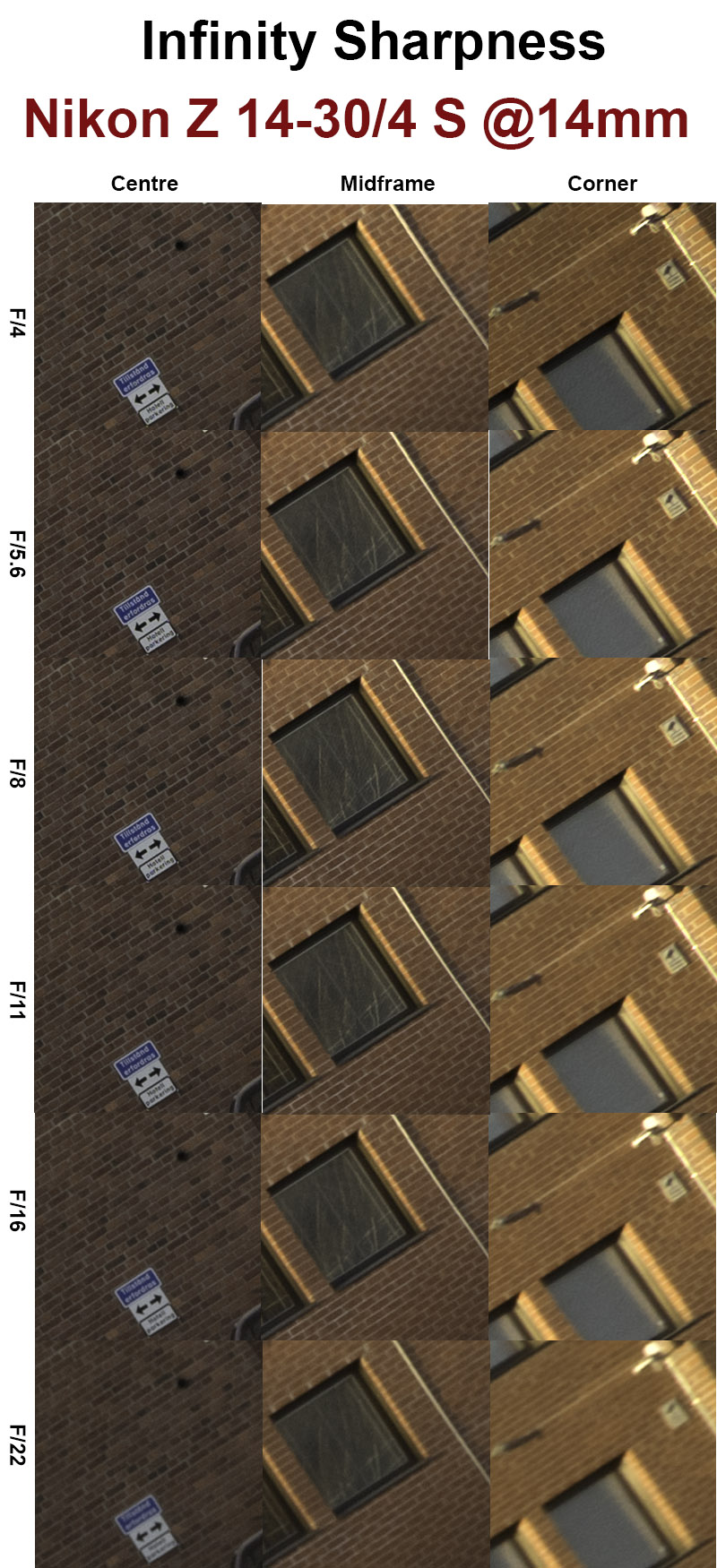
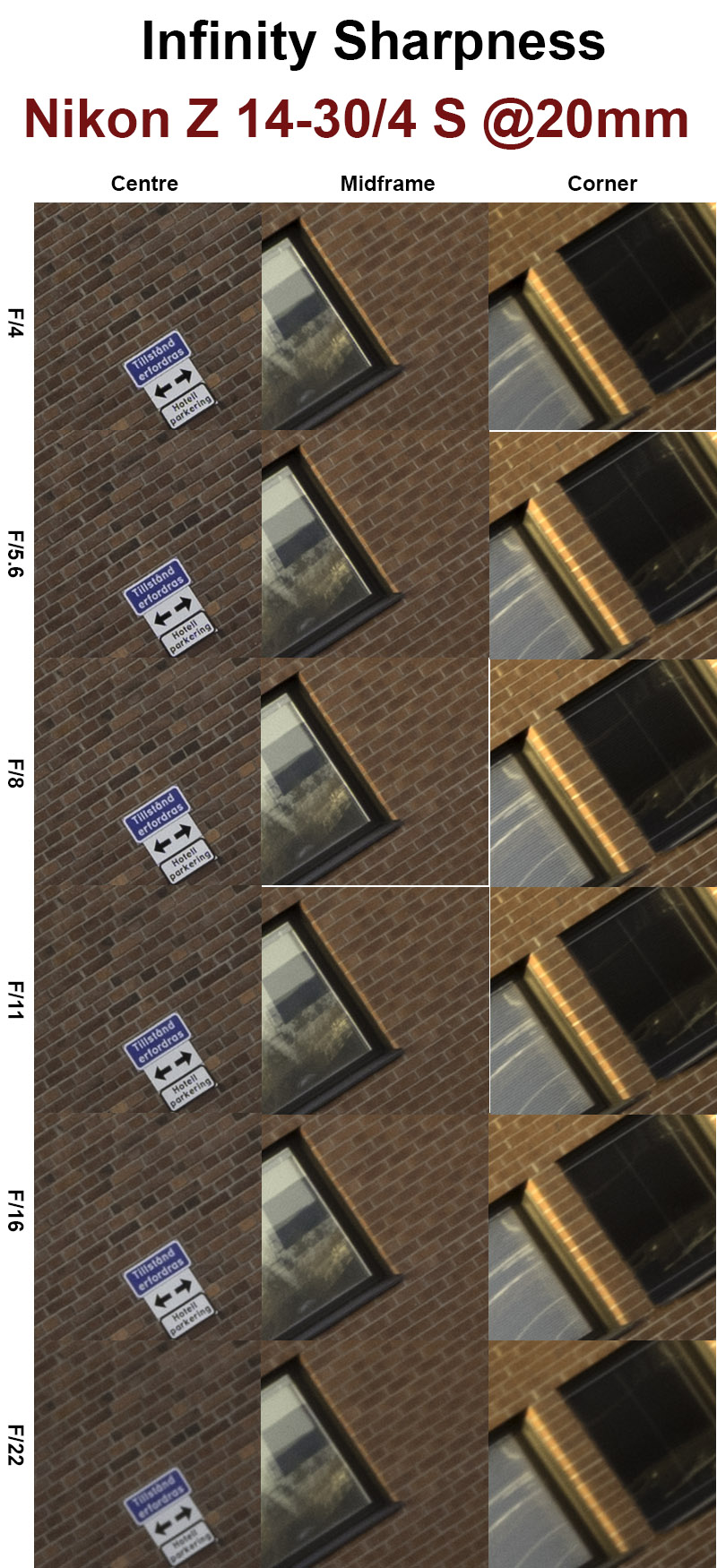
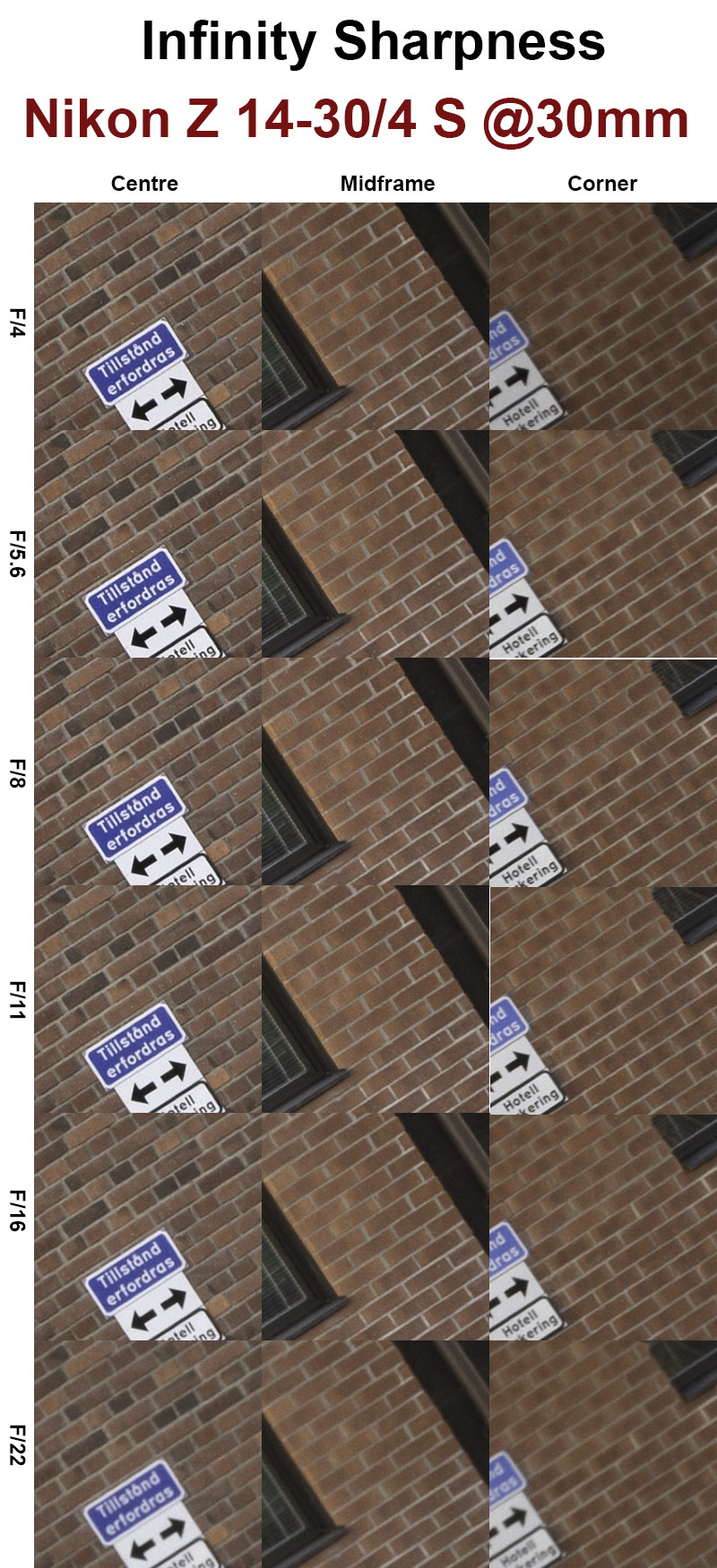
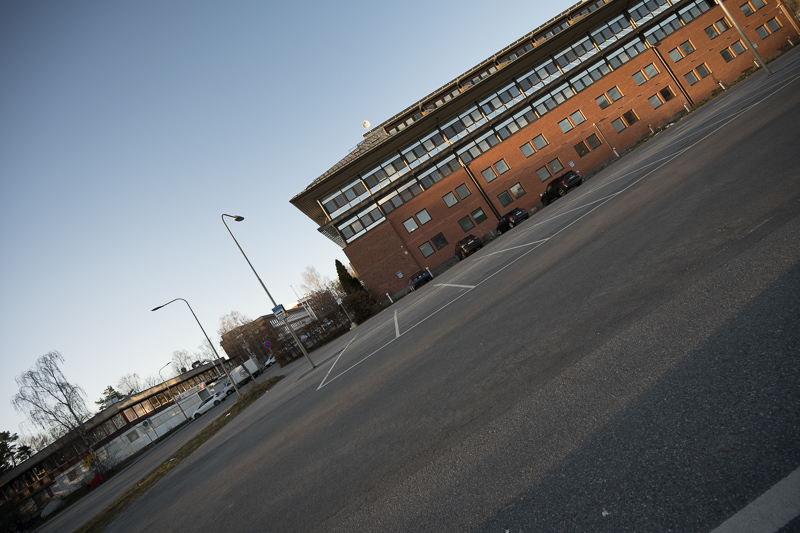
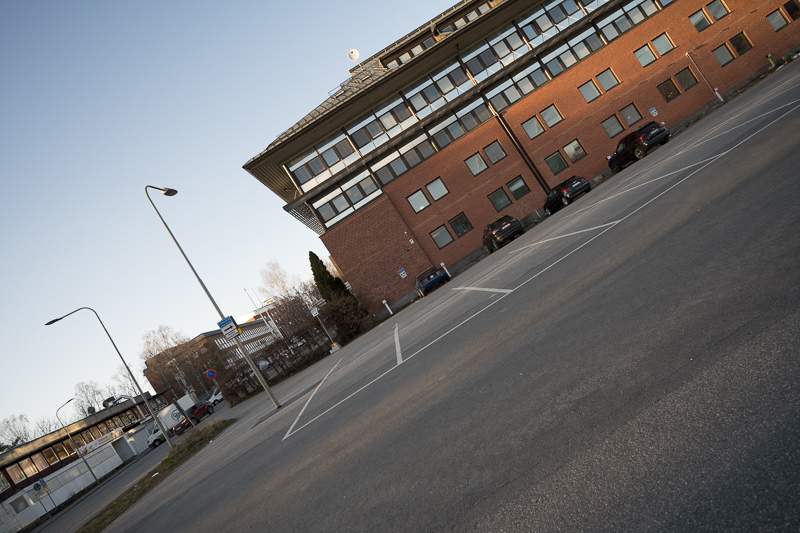
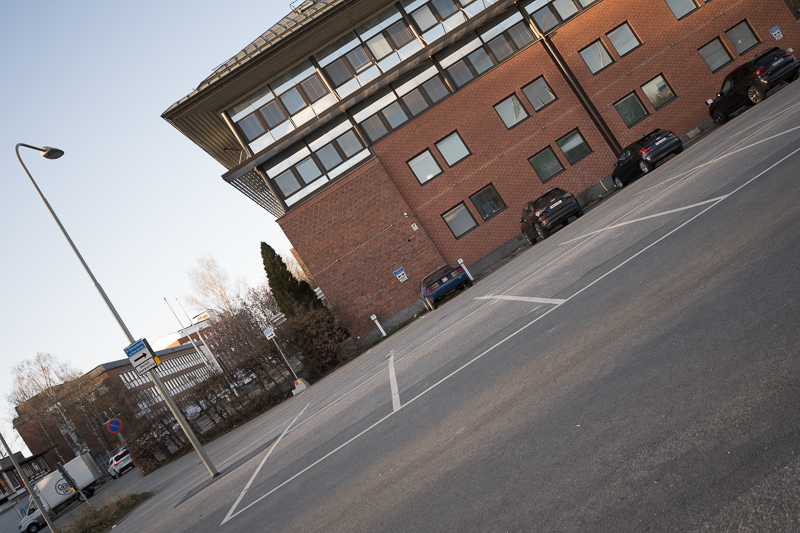

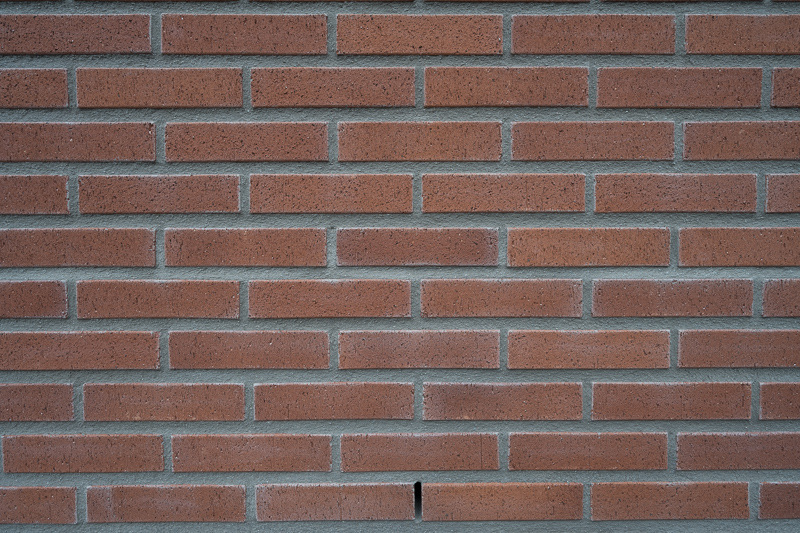
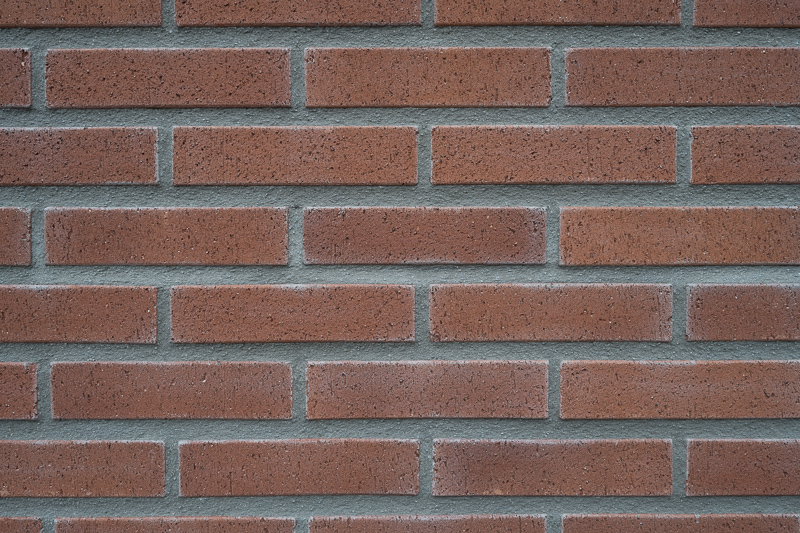
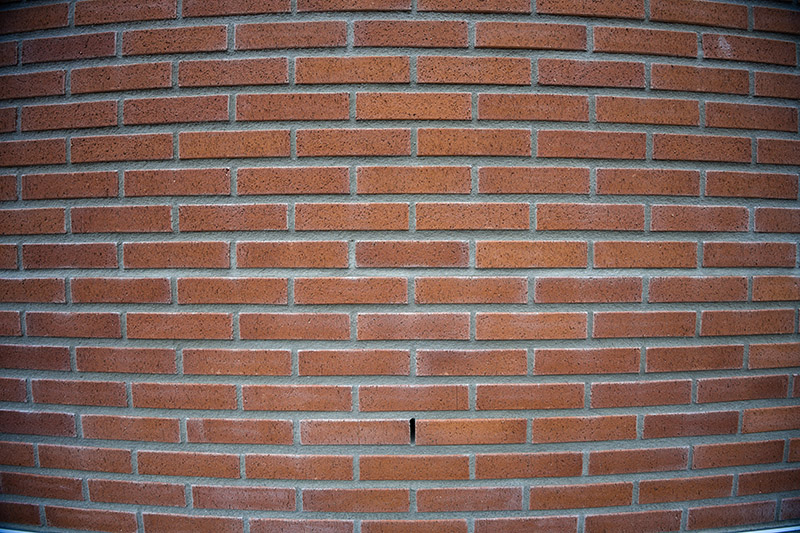
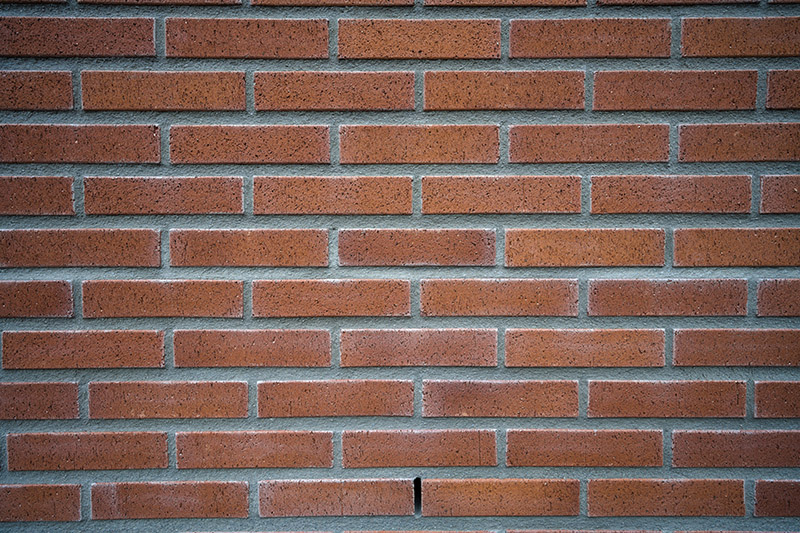
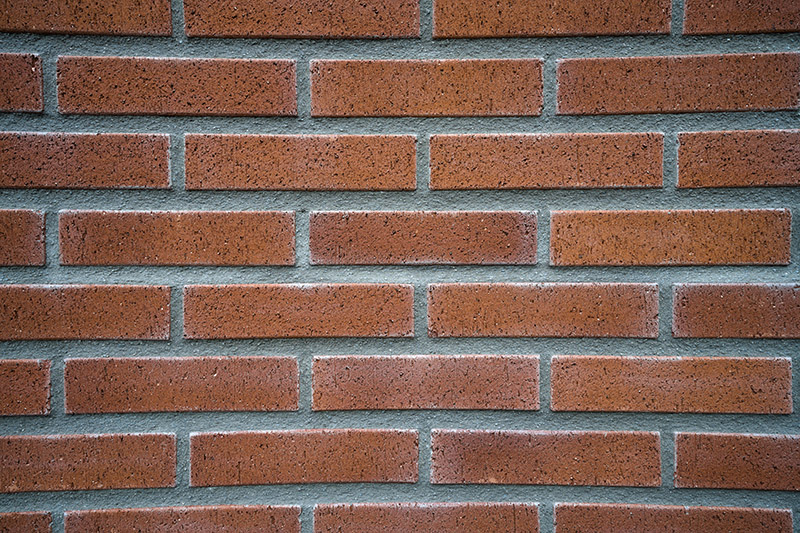
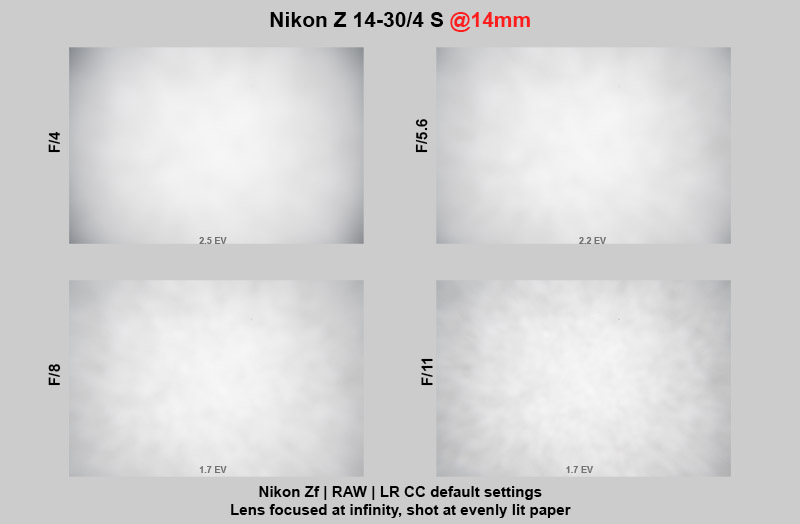
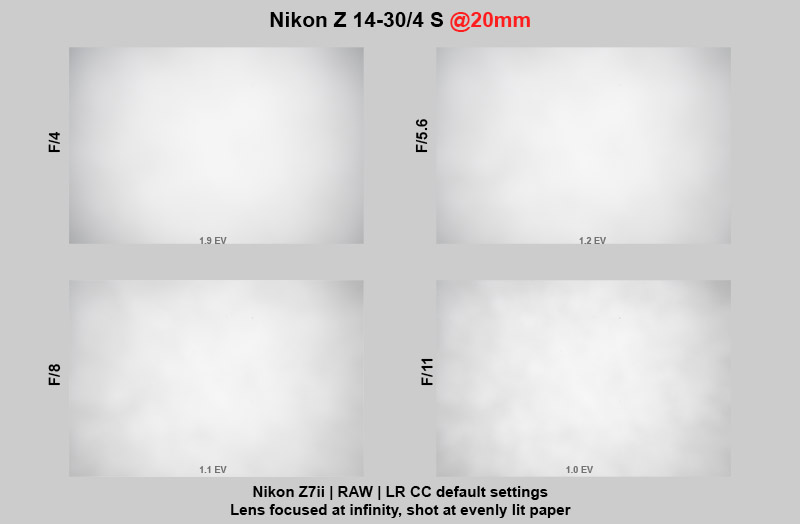
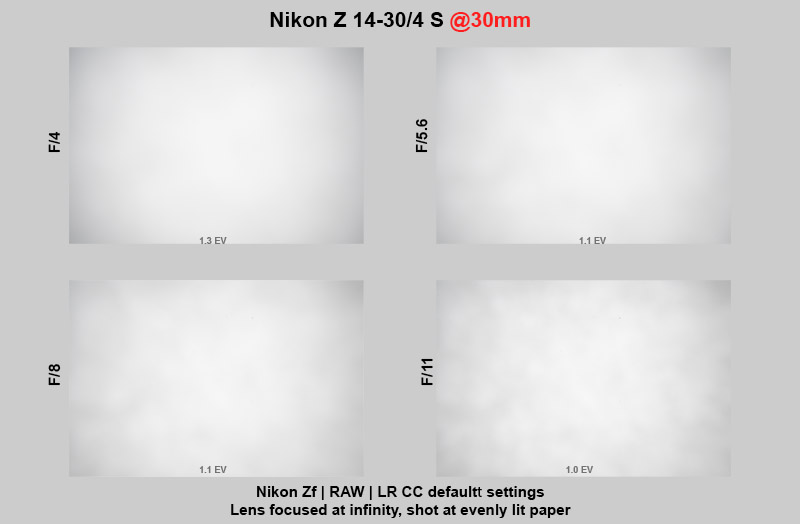
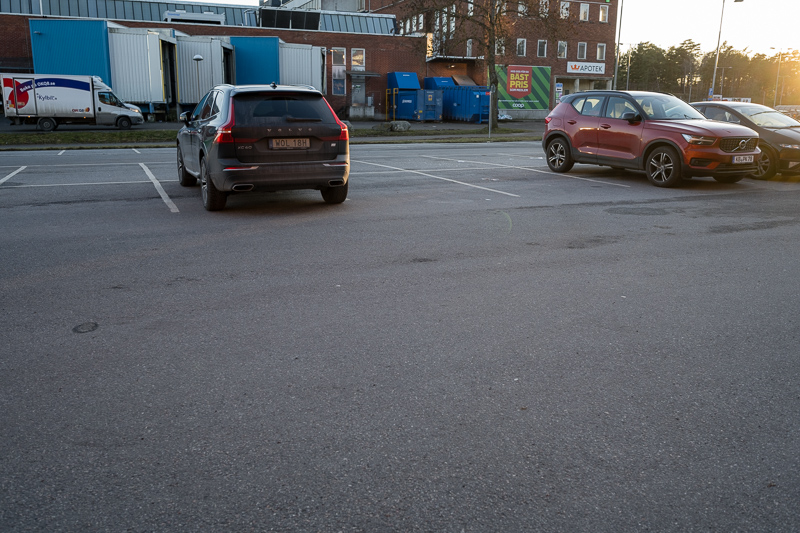
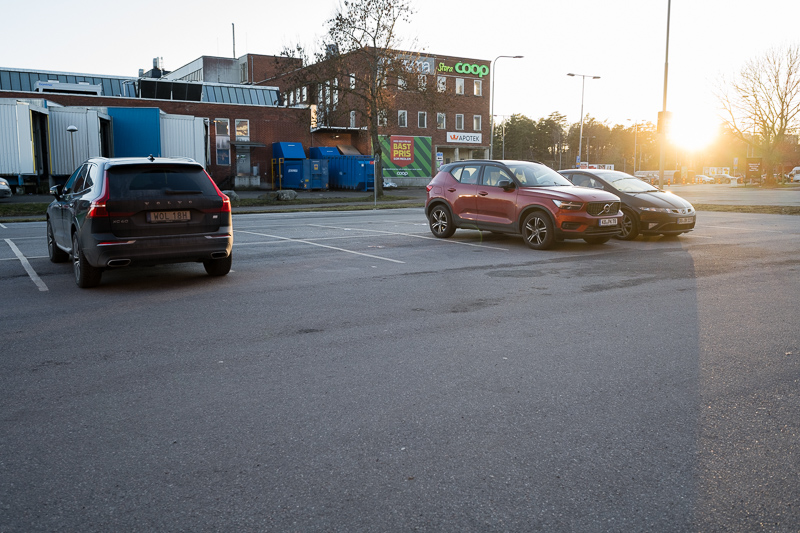

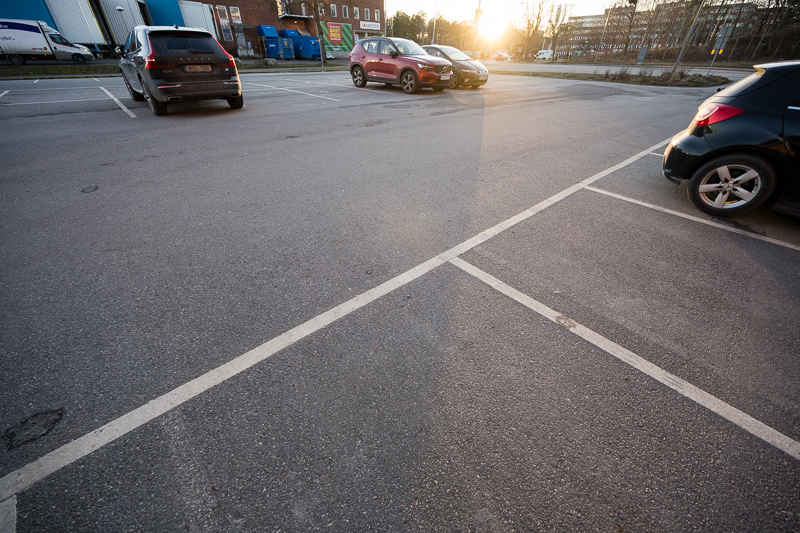
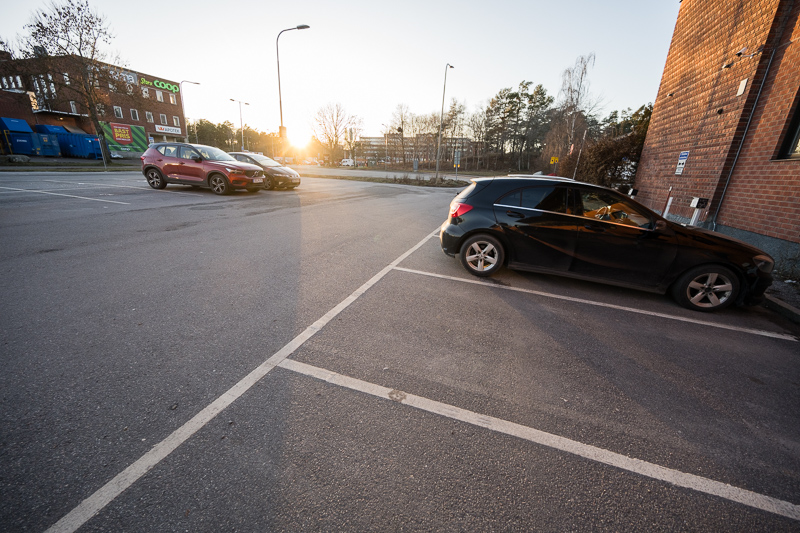
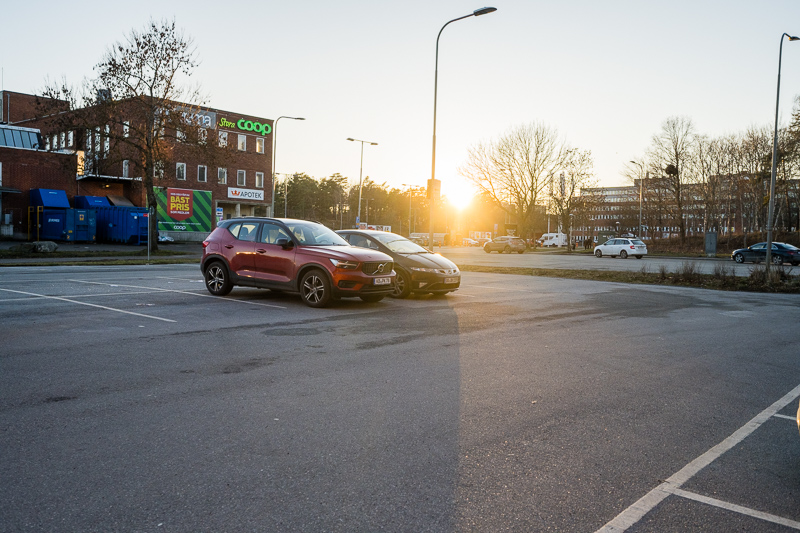
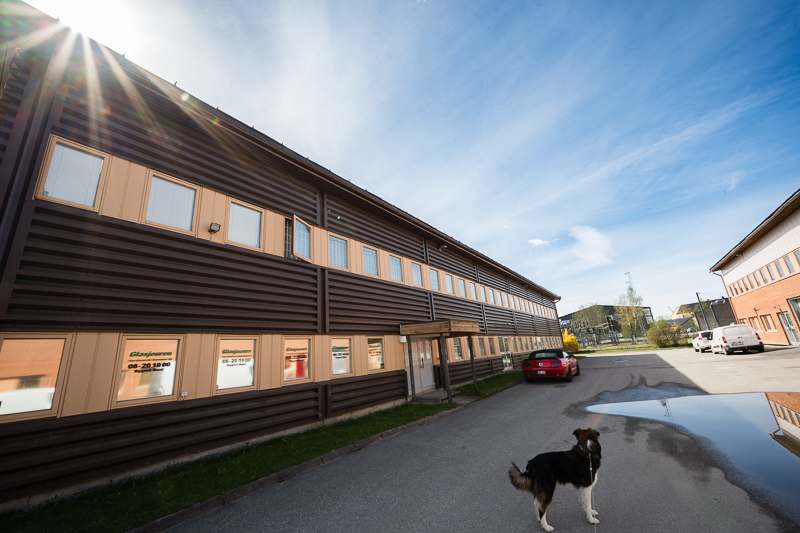
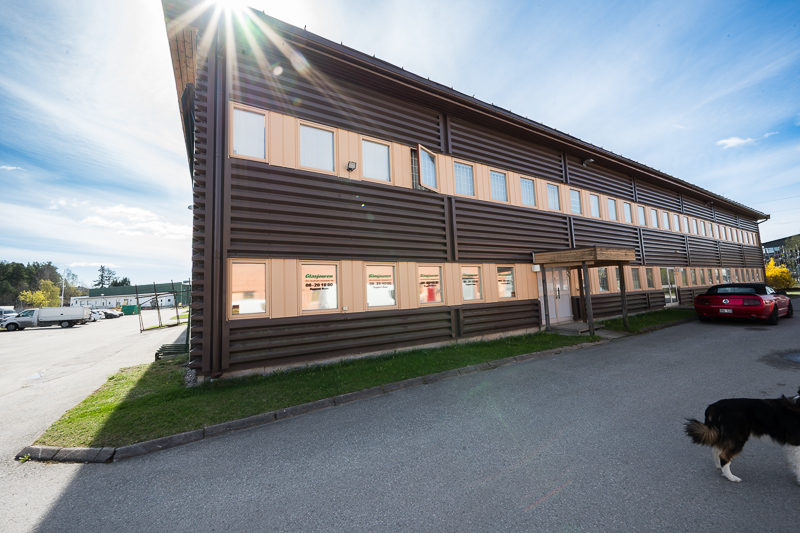
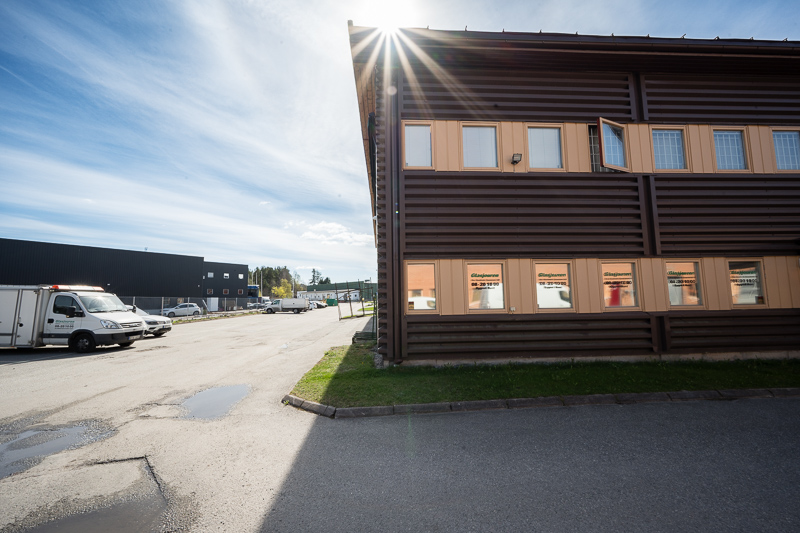
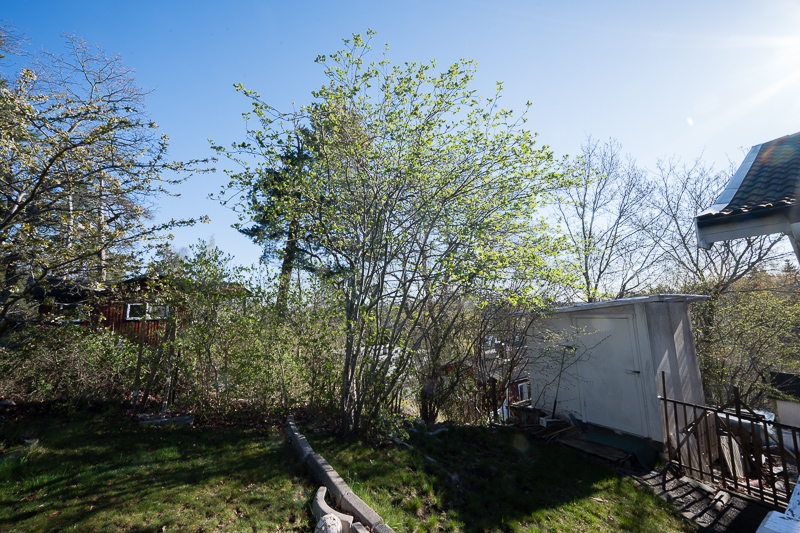
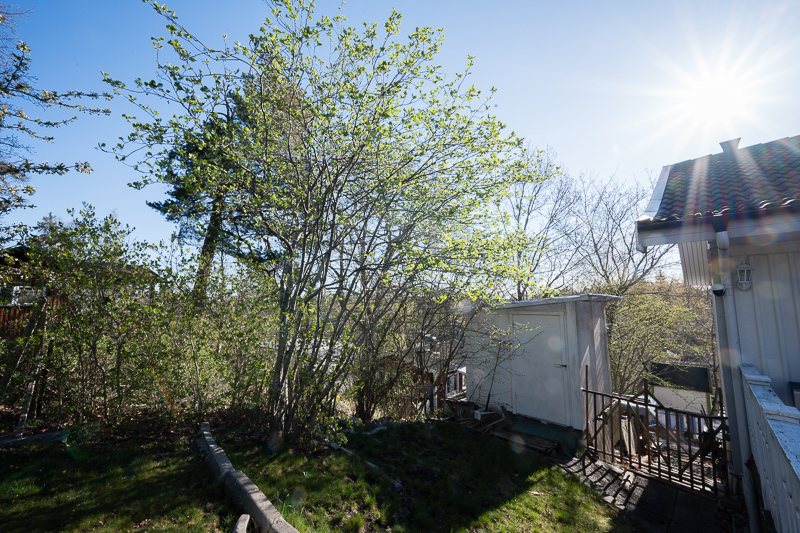
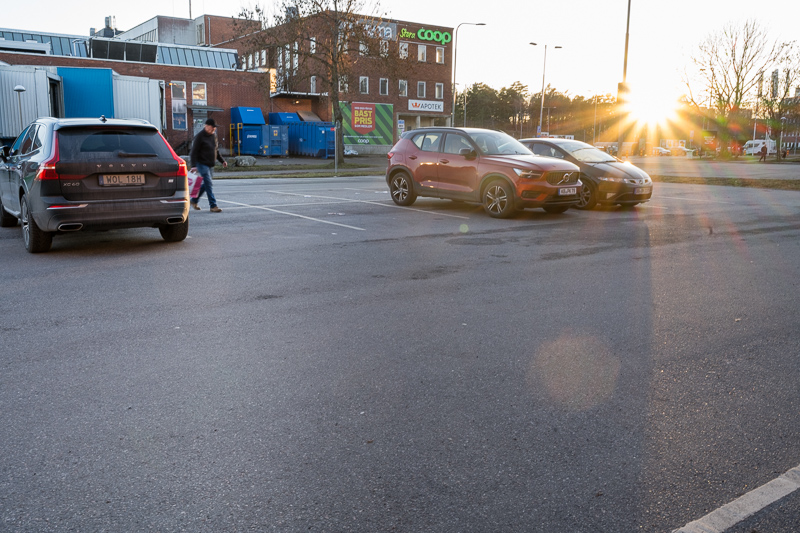
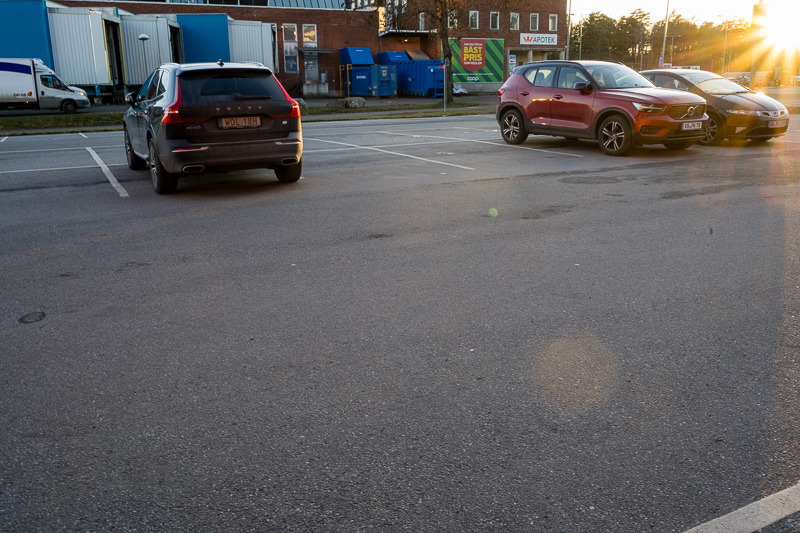
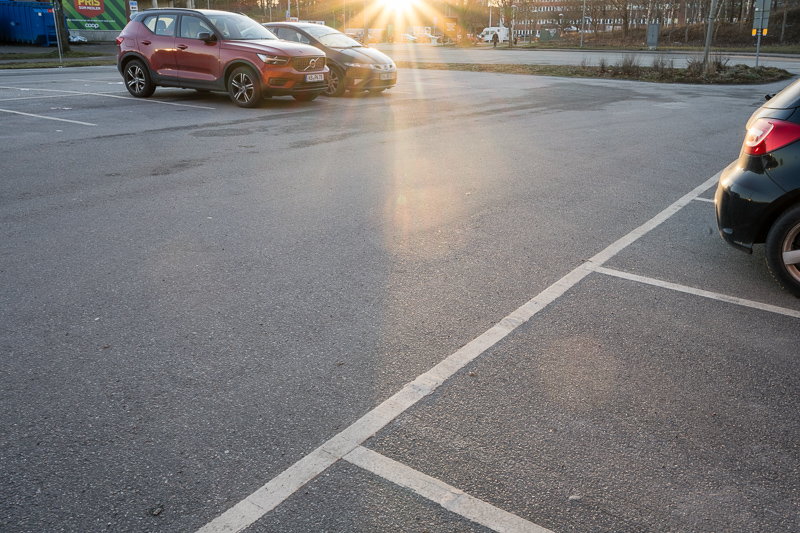




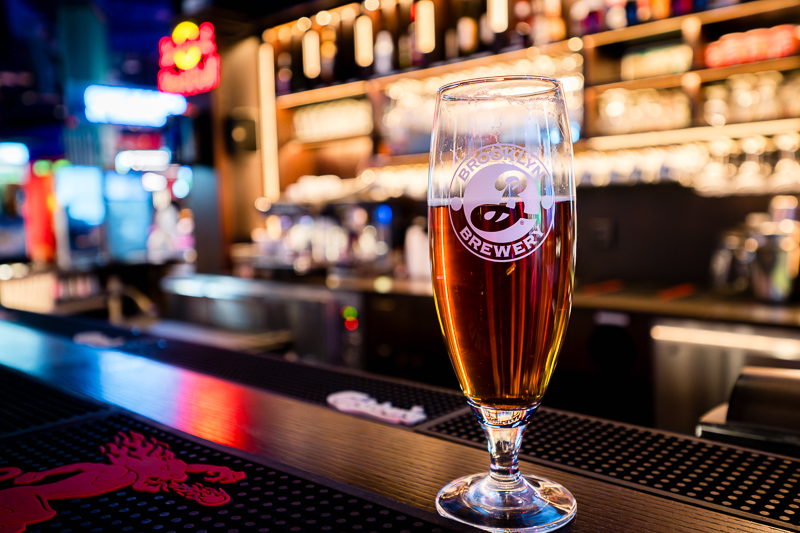
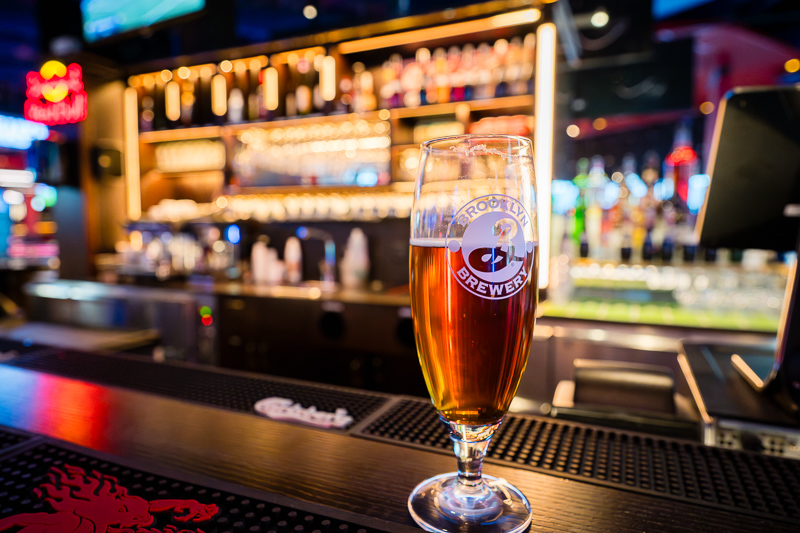
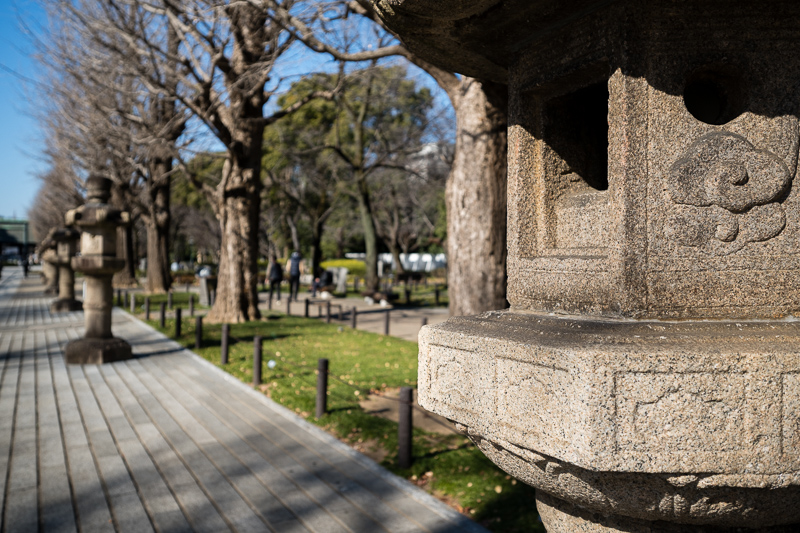
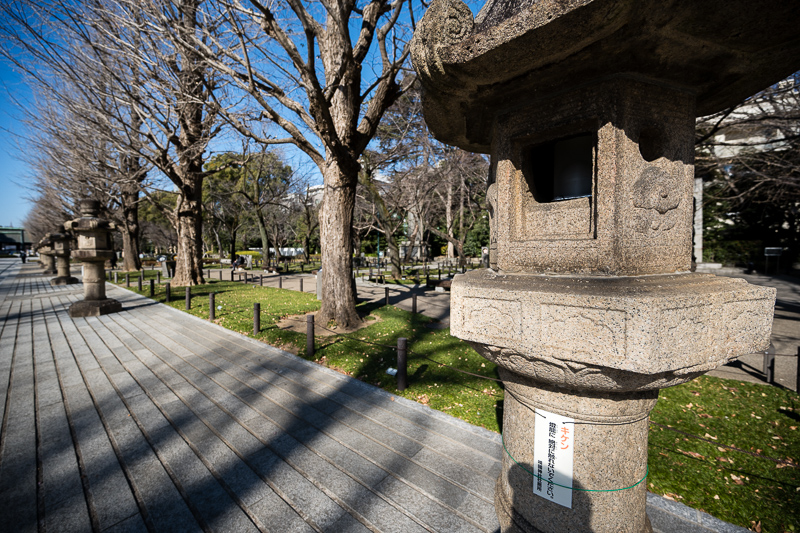
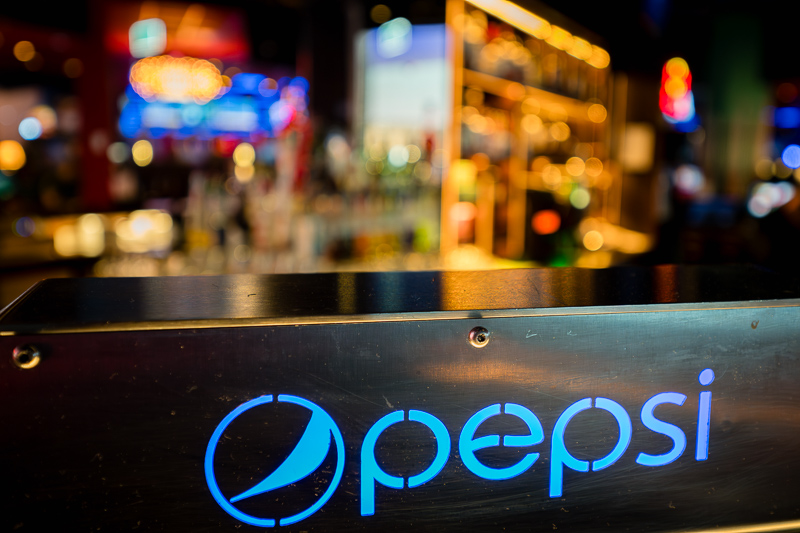
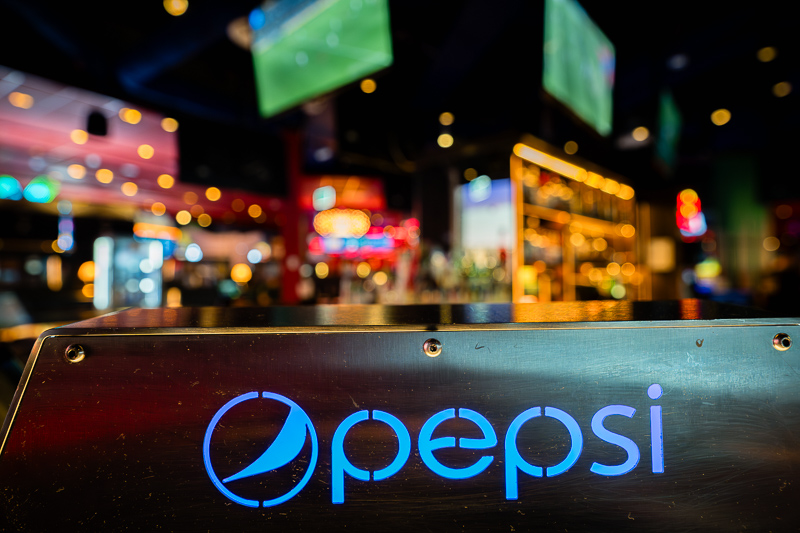
Thank you for this one!
I do like you mention the places of the images.
About the alternatives; the Samyang Schneider-Kreuznach design 14-24 seems to do a good job for Sony E-mount.
Did you already use that Samyang lens?
First reports I have seen attest it pretty bad flare resistance and mediocre quality at f/2.8.
No did not use it myself.
And yes, bad flare!
But Marc Alhadeff for instance wrote:
Globally except if you ant the top performer at any cost (Sony GM @3300 euros) , the Samyang is the best in class on many points (bokeh, size, price, weight, filter) and very easy to use it s only weakness is its resistance to flare which is below the 2 others (Sony and Sigma)
I don’t put a lot of weight in his tests as I don’t regularly take pictures of bookshelves and I have a hard time finding the content in between the gigantic amount of ads.
Actually shooting (also) wall/room sized subjects/frames you know well for a consistency and realistic working distance is better than shooting just much smaller test charts close up regardless of the lens that other reviews usually do. And he does shoot a ton outside too.
I do like your reviews a lot and read even those not for me, but I do find his quite comprehensive, realistic and with the advantage of the volume of lenses tested.
Testing ultra wide angle lenses with a bookshelf indoors and trying to draw any conclusions from that or using that as a base to compare different lenses is just plain stupid.
The same is true for using test charts with such lenses.
I have nothing to add to that.
Not sure what you are referring to with wall/room sized subjects/frames.
All the infinity sharpness tests in our reviews are shot outside at landscape photography distances.
Additionally, coma, sunstar, flare resistance, and focus breathing test shots are all at near infinity focus (outside)
Many of the sample shots are also taken outdoors in real real-life situations.
Have you missed the size of the buildings in all those shots?
Where did you get the wall/room sized subjects?
Martin, I think Petr was trying to defend Marc’s methods at Sony Alpha Blog… Not referring to yours or Bastian’s. Personally I don’t find it convincing and I have the same issues with his approach as Bastian does. I still find Marc’s reviews somewhat useful, but the whole sharpness ranking is the least useful part and just because he’s got a ton of lenses in there (literally) it doesn’t make it accurate nor comprehensive…
Use nextdns to get rid of adds 👍
About Marc: if you check the comments below his review of the Samyang you’ll see he is using infinity/outside pictures in judging the lens and he is open to criticism. I like that he only uses retail lenses and I like his assessment of focus performance. It’s just another source to get an idea of how a lens might perform…
In the sixtees I used a Balda with a 50mm f2.0 Schneider-Kreuznach Xenon lens wich I did like a lot. The camera did not survive 3 month in the Sahara, but I recently took the fixed lens off (diafragma still works) and will adapt it to a helicoid and adapt it to my Sony AR7V, just to see how it performs and if I can still see why I liked it a lot.
Nice lens with interesting focal range!
This is the one zoom lens outside of E mount that I’m still very jealous of, chiefly because the Sony 12-24s are pricier and can’t take filters (and I’d rather have 14-30 tbh) and the only 14-xx are Sigma’s 800g f2.8 and the new SY with terrible flare handling… The system is swimming in solid to great 16/17-xx options, but it’s slim pickinga for 14-xx.
Excellent review of another very under-appreciated Z system lens (such as the 50mm f1.8). New designs for the new mount are certainly good enough for most of us and may lack the snob appeal of the older faster lenses but leave little to complain about when one is interested in results versus “what is cool” at the moment to use while taking photos…thank you
ps- have this lens and love it in real world use and as in a travel kit, bravo Nikon
Martin, I think Petr was trying to defend Marc’s methods at Sony Alpha Blog… Not referring to yours or Bastian’s. Personally I don’t find it convincing and I have the same issues with his approach as Bastian does. I still find Marc’s reviews somewhat useful, but the whole sharpness ranking is the least useful part and just because he’s got a ton of lenses in there (literally) it doesn’t make it accurate nor comprehensive…